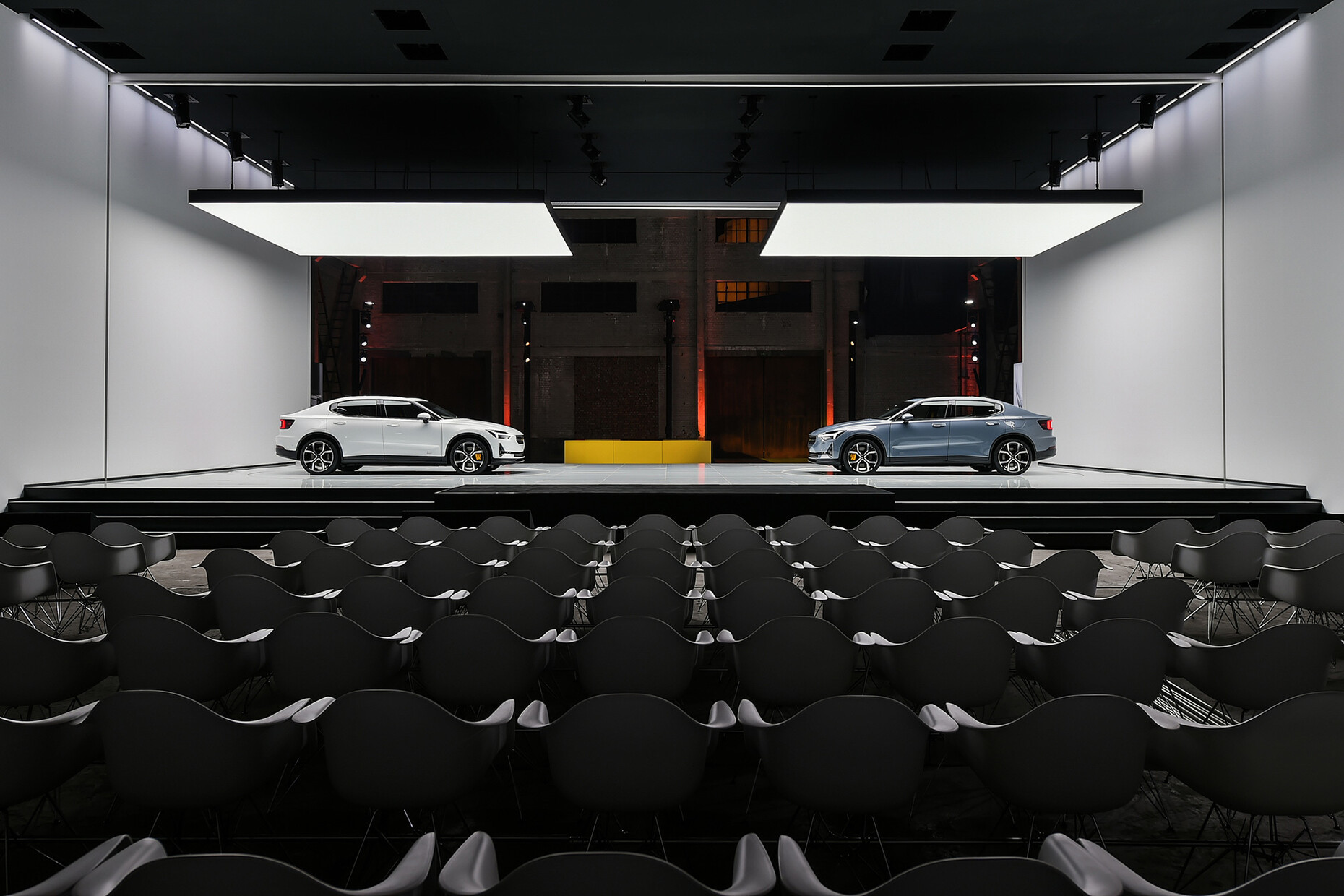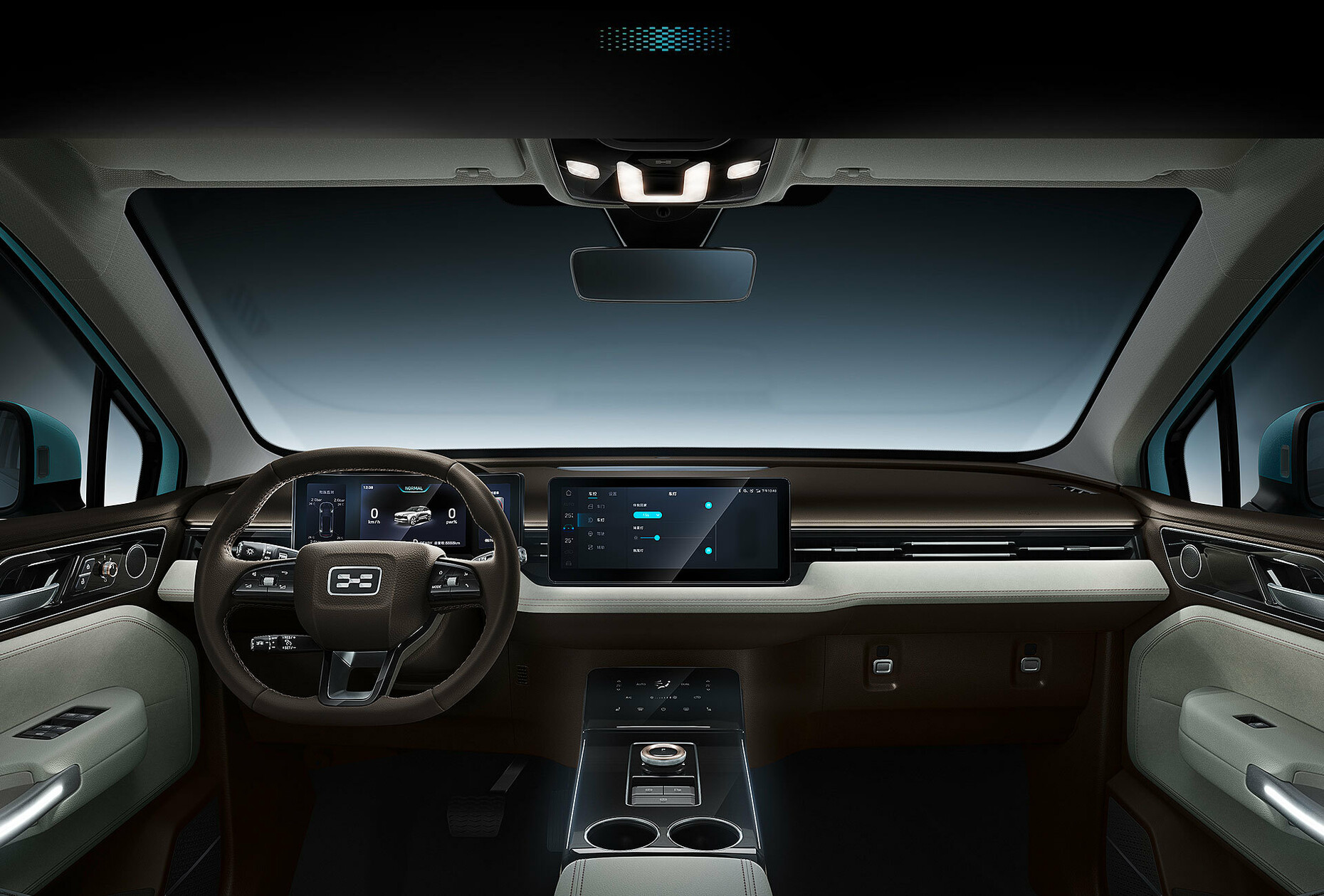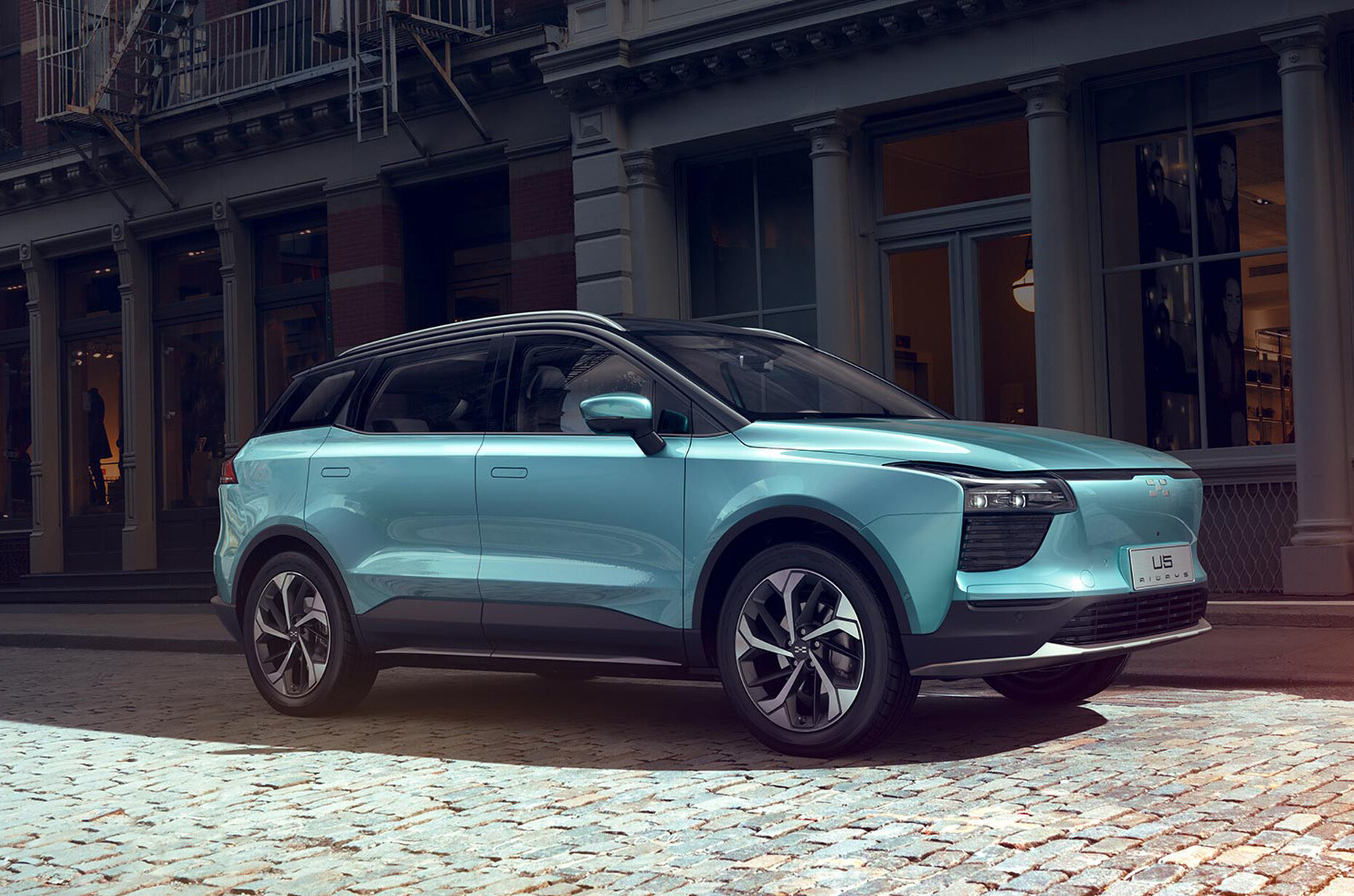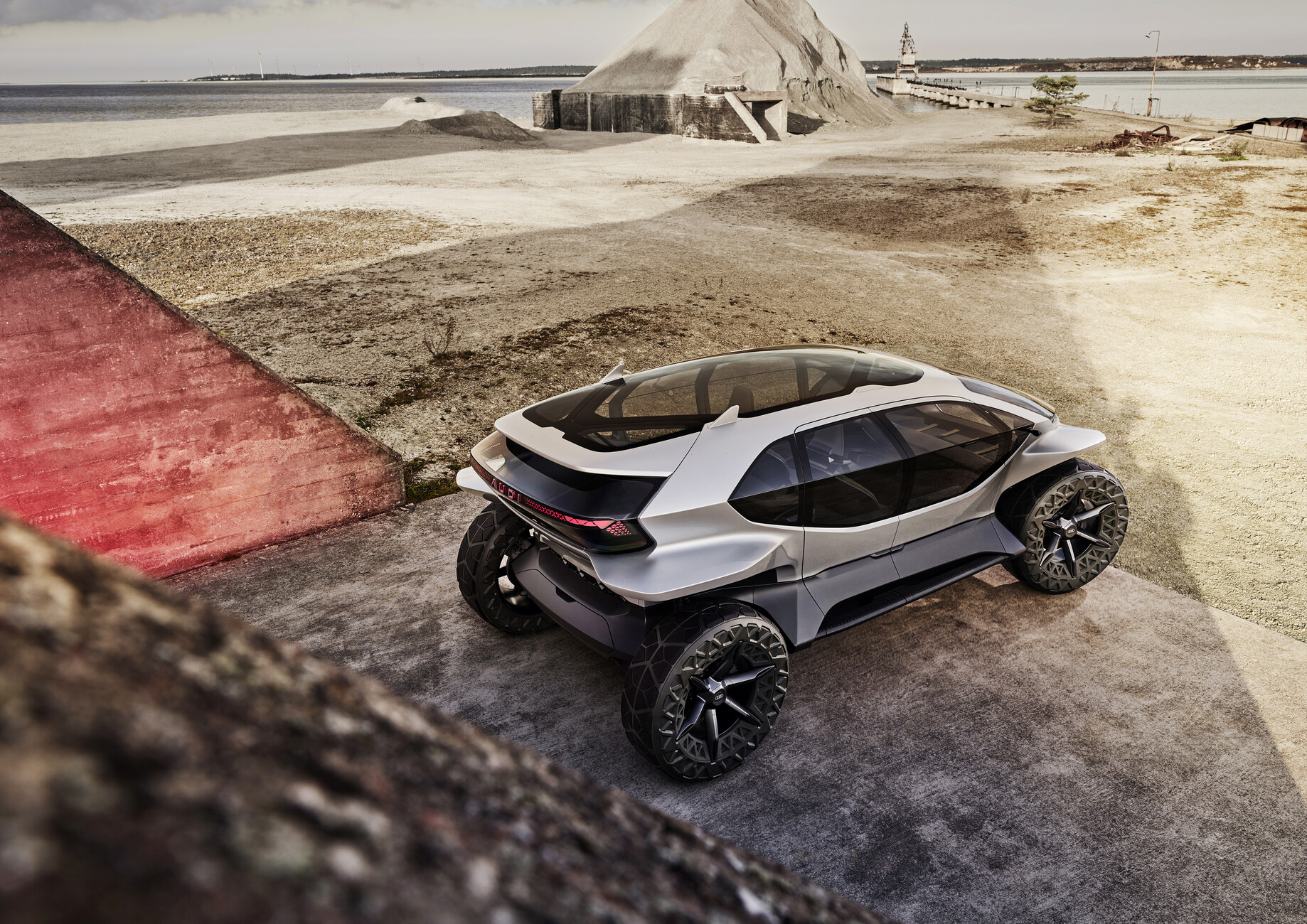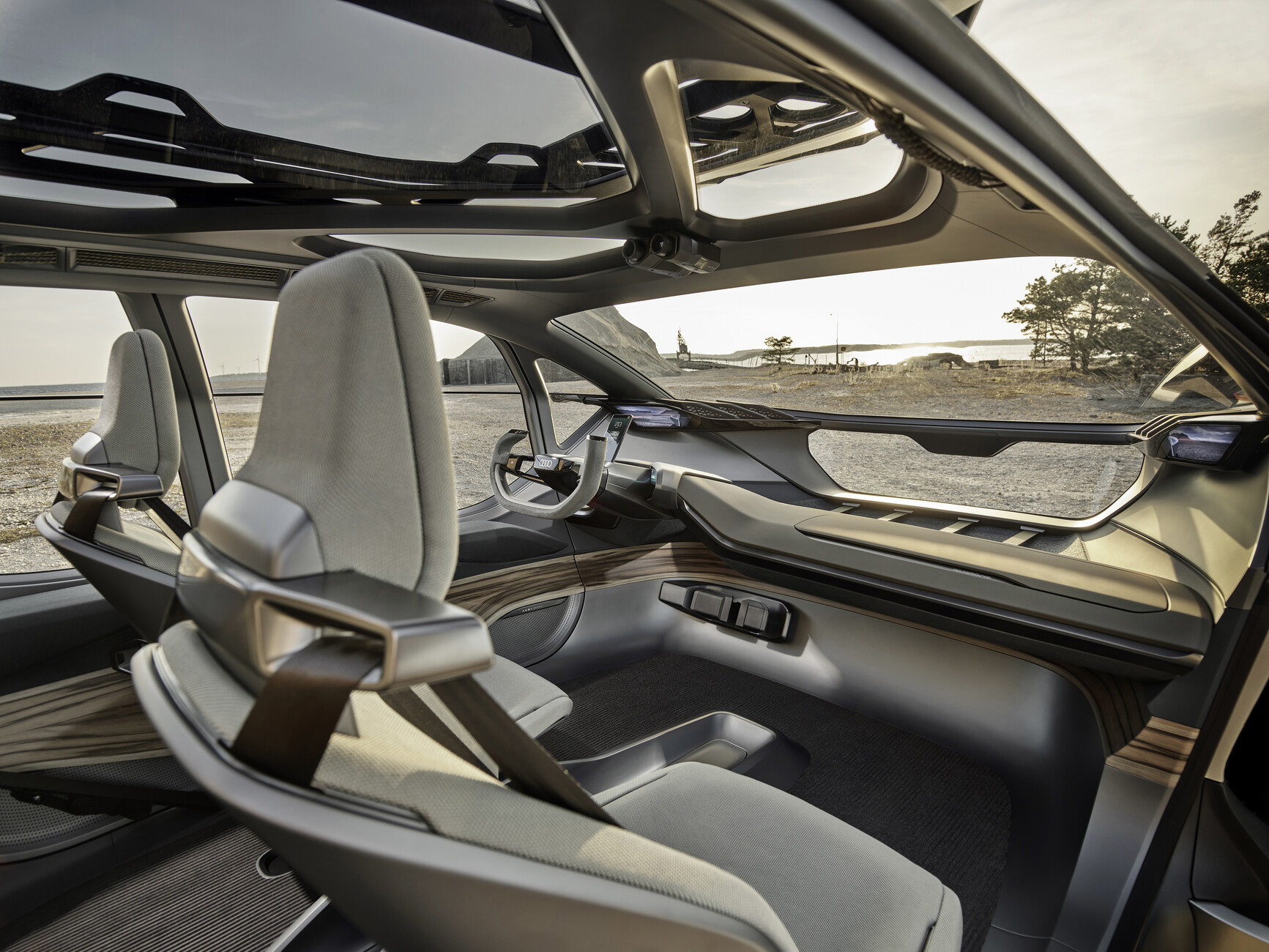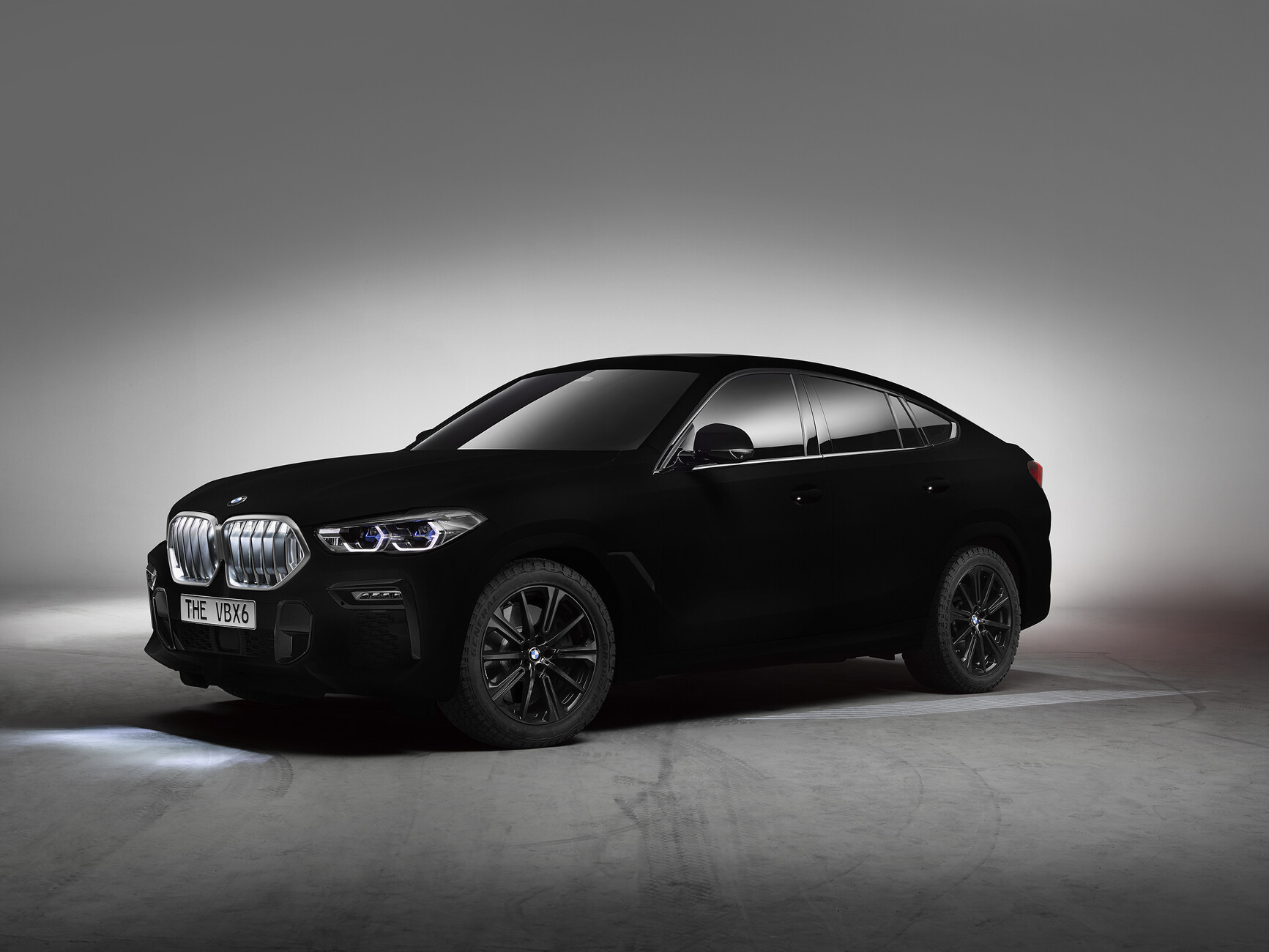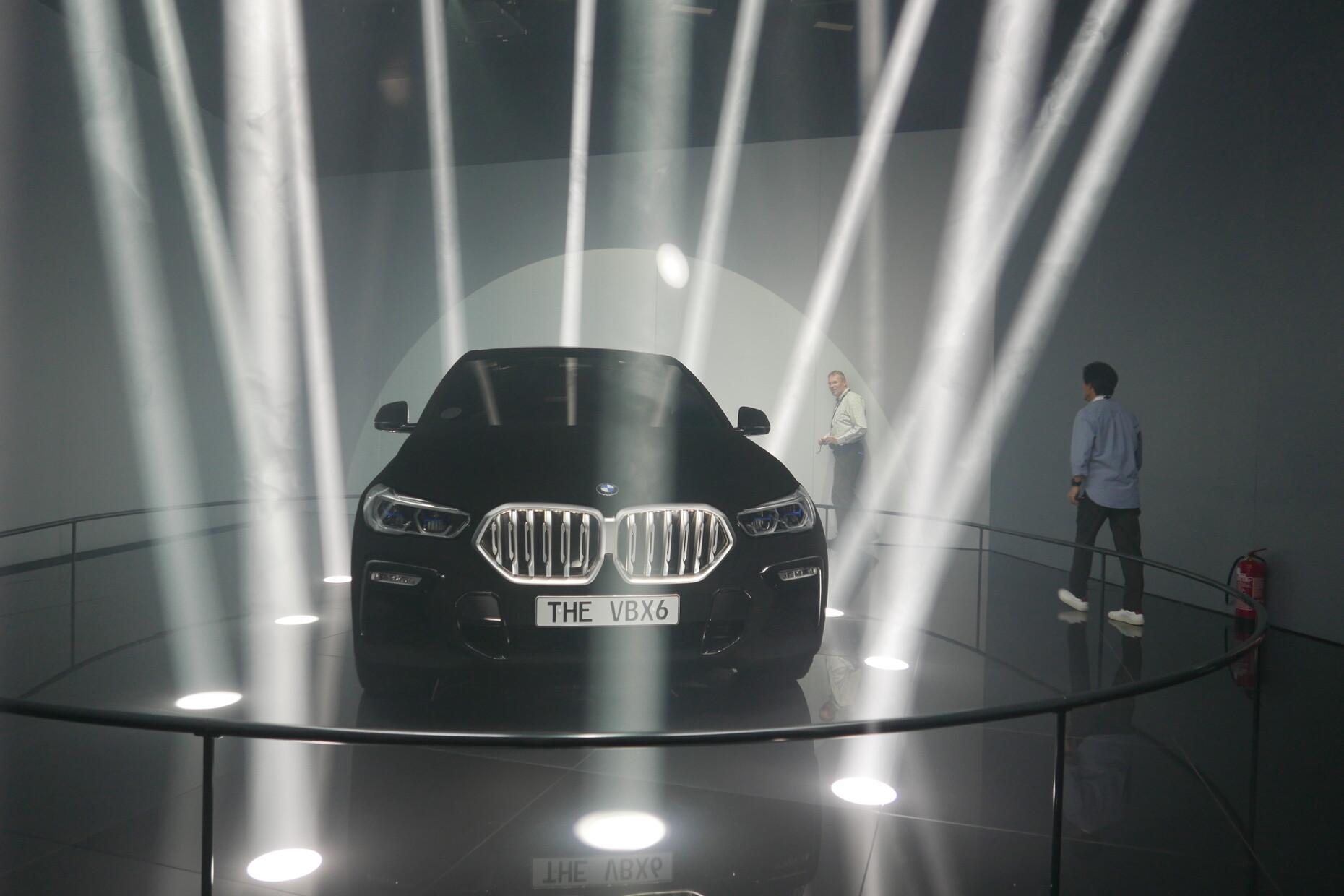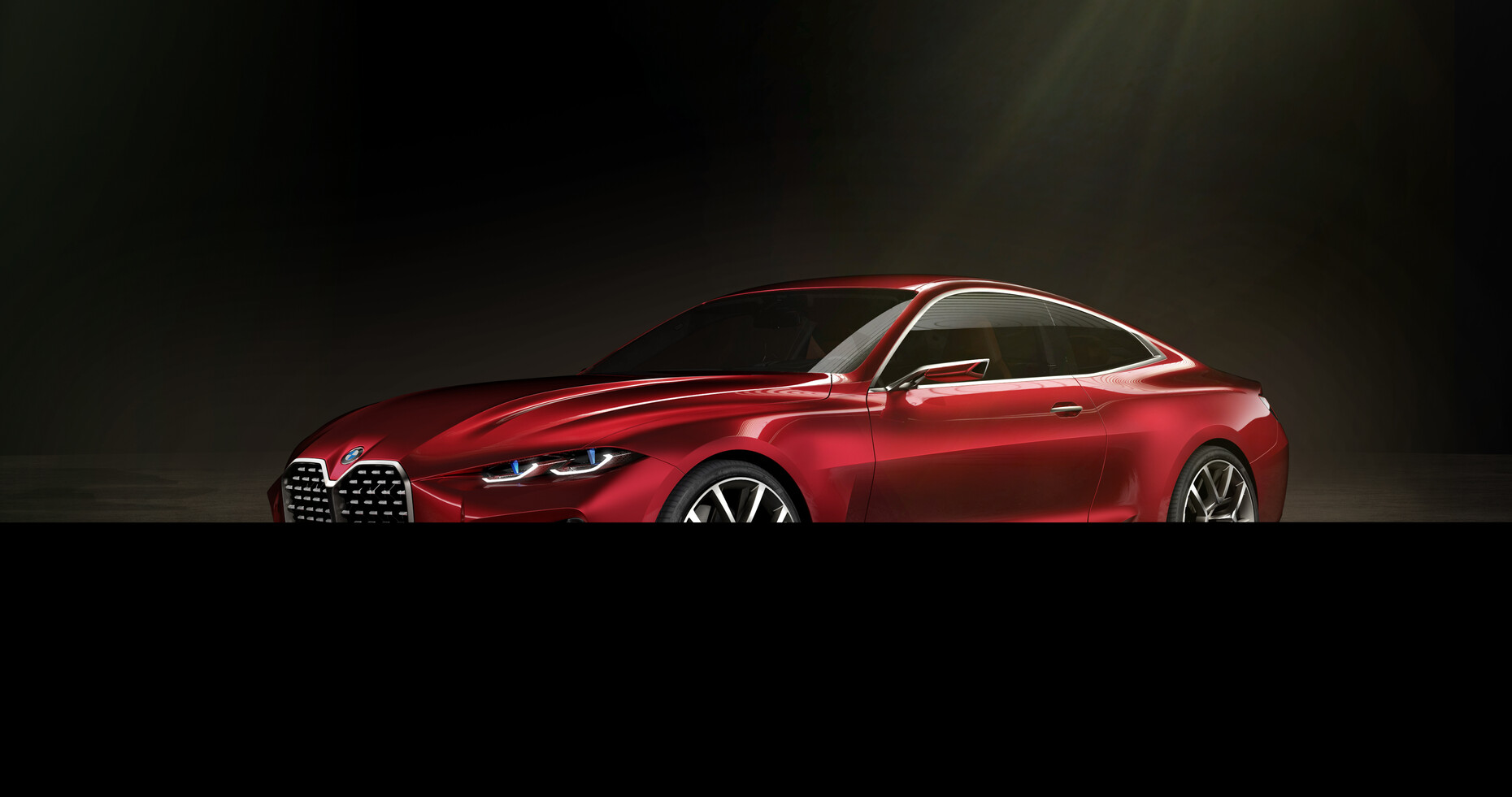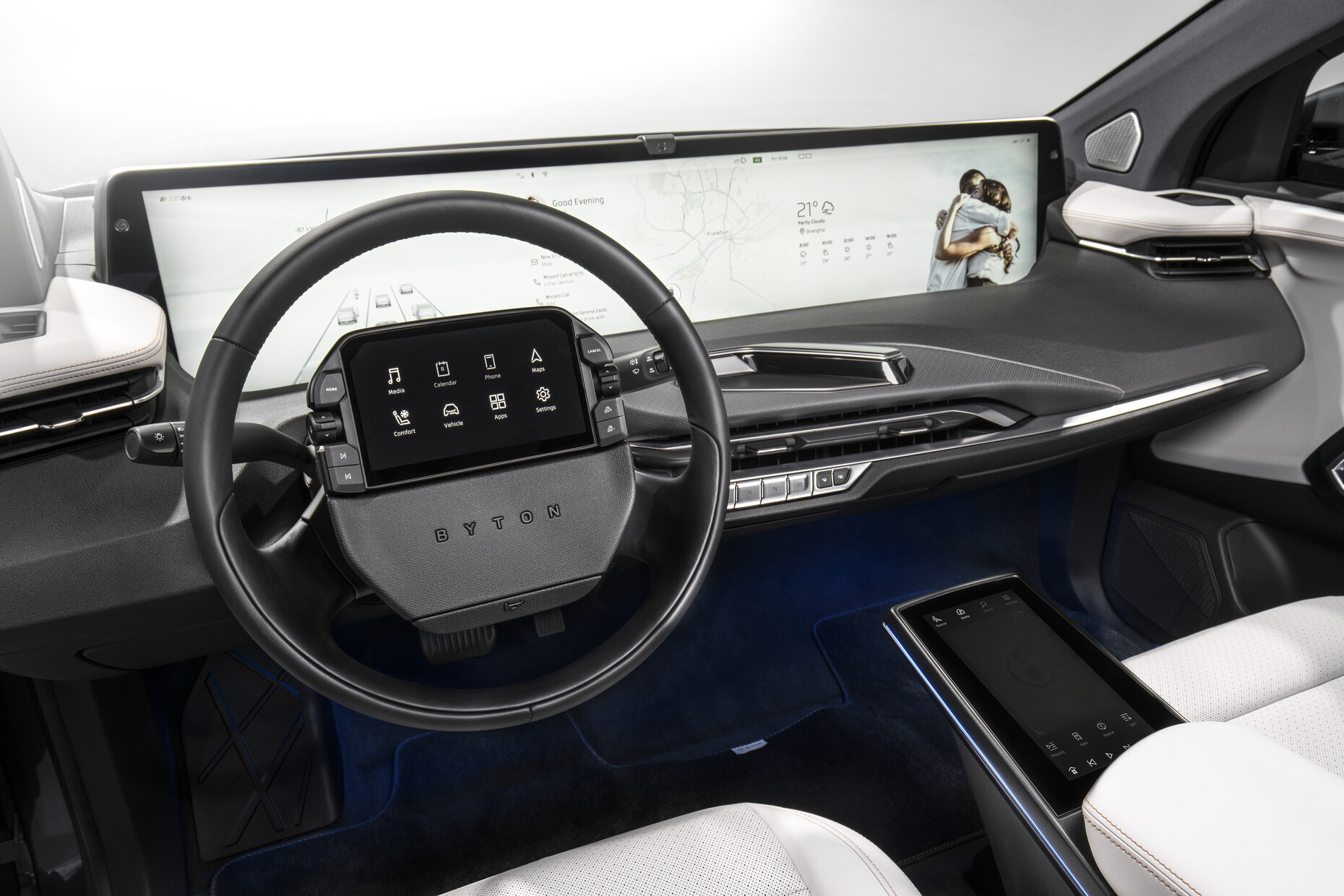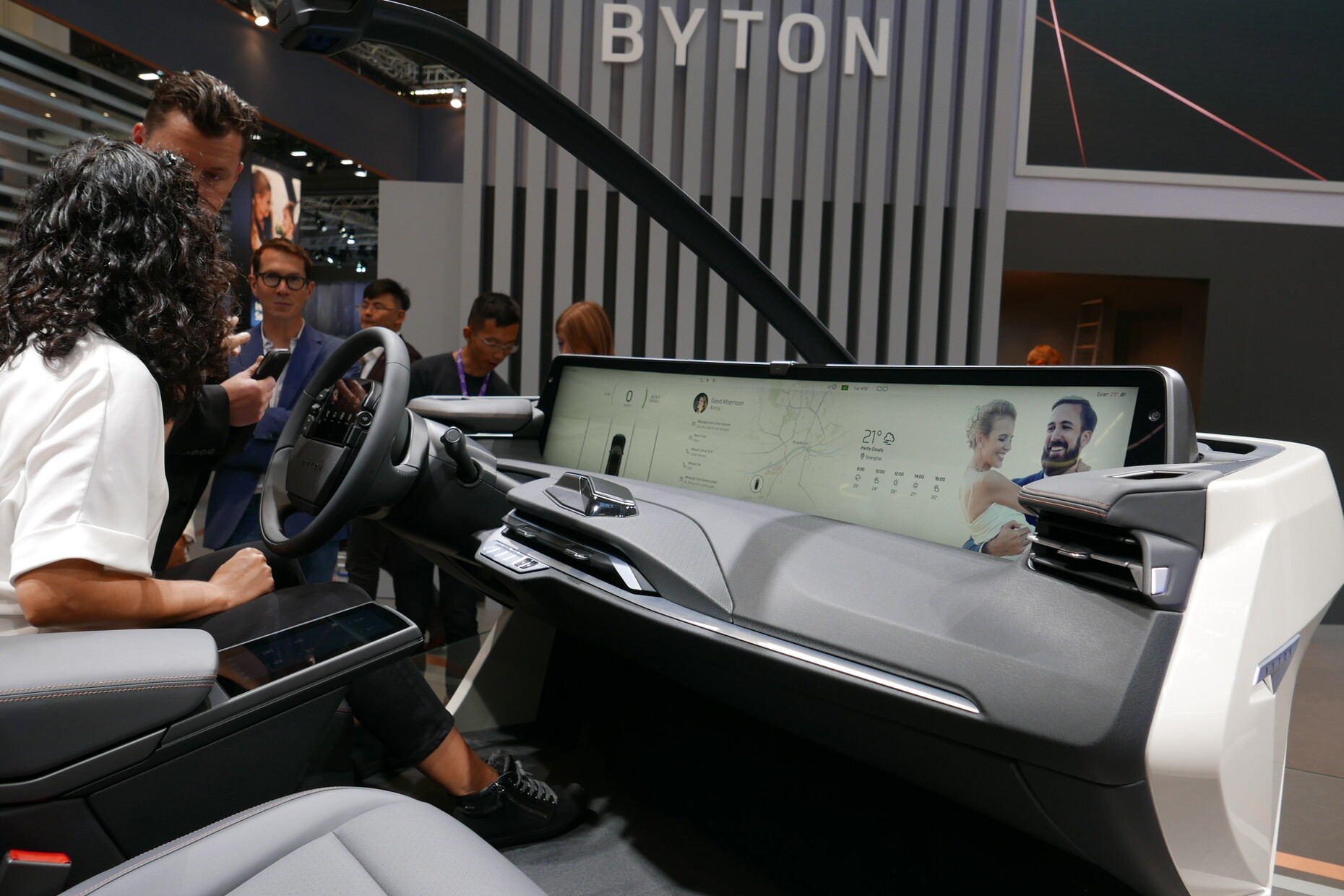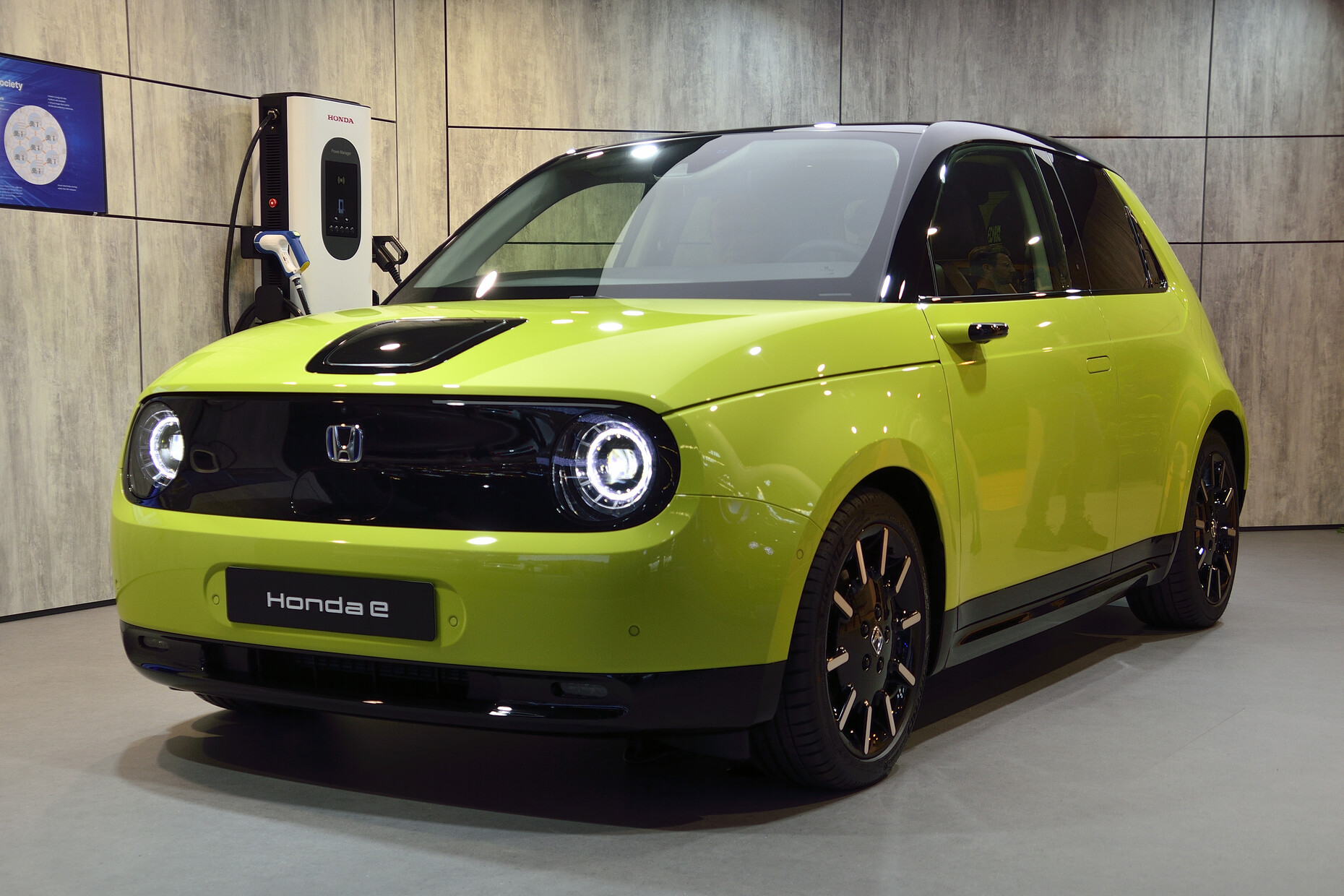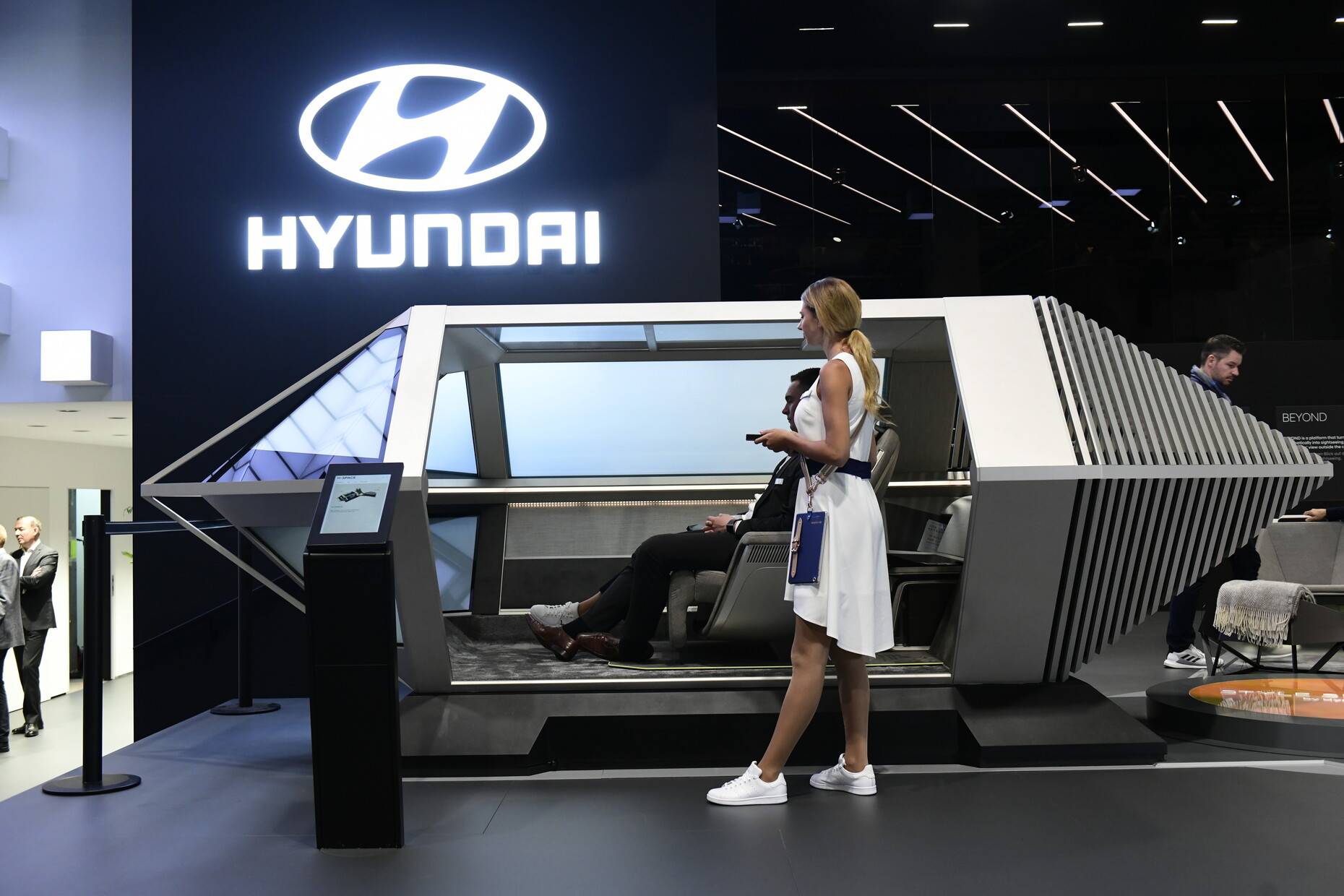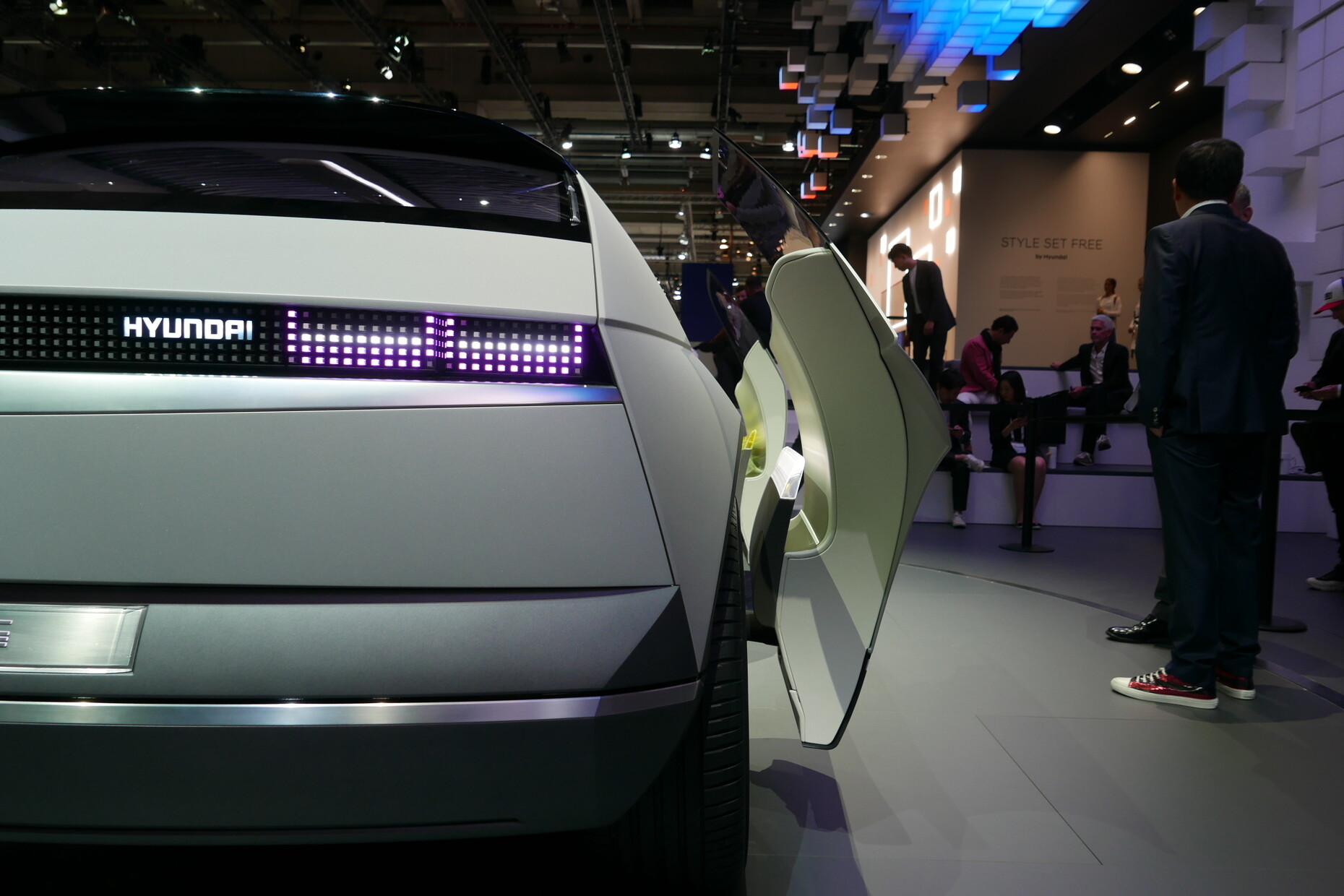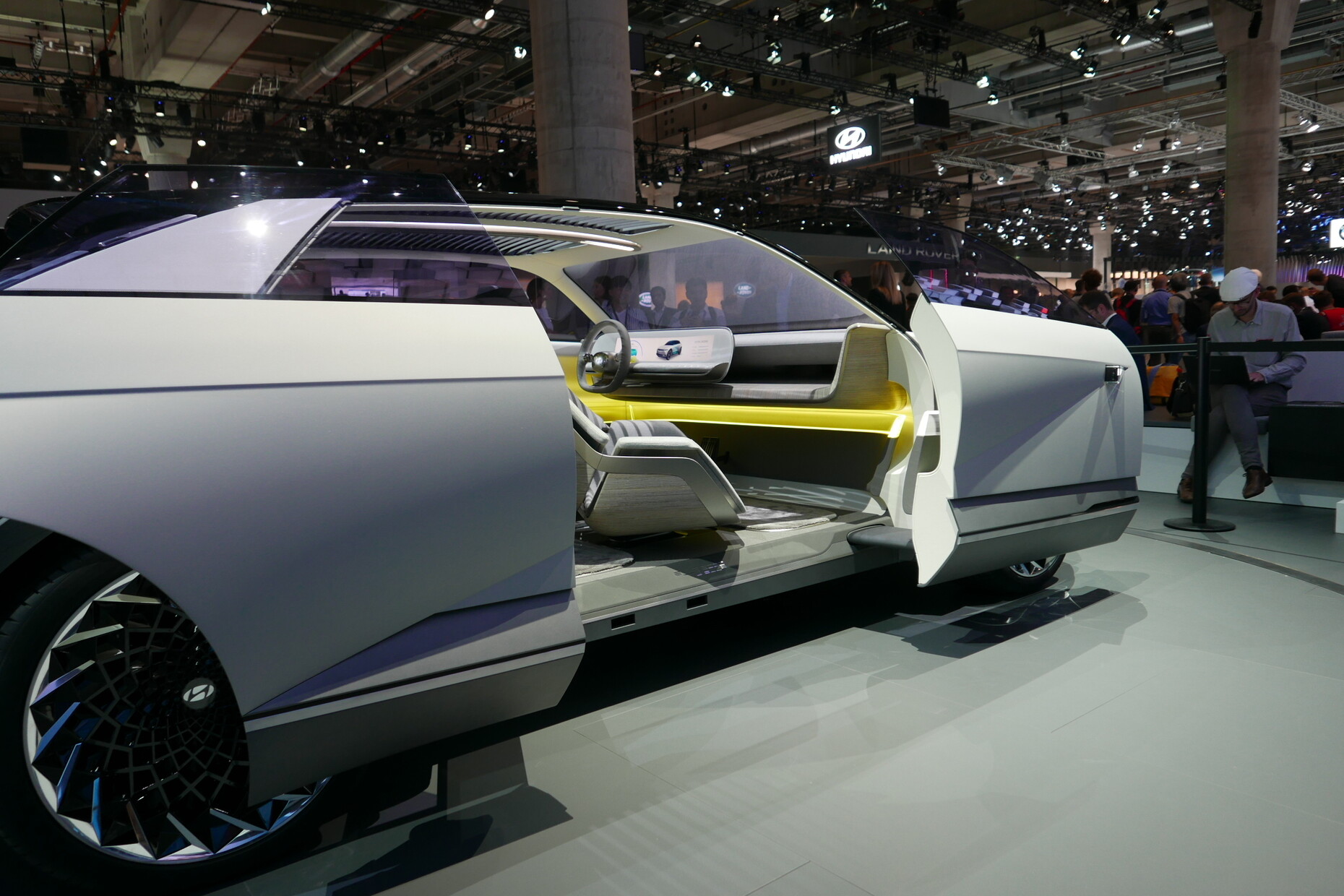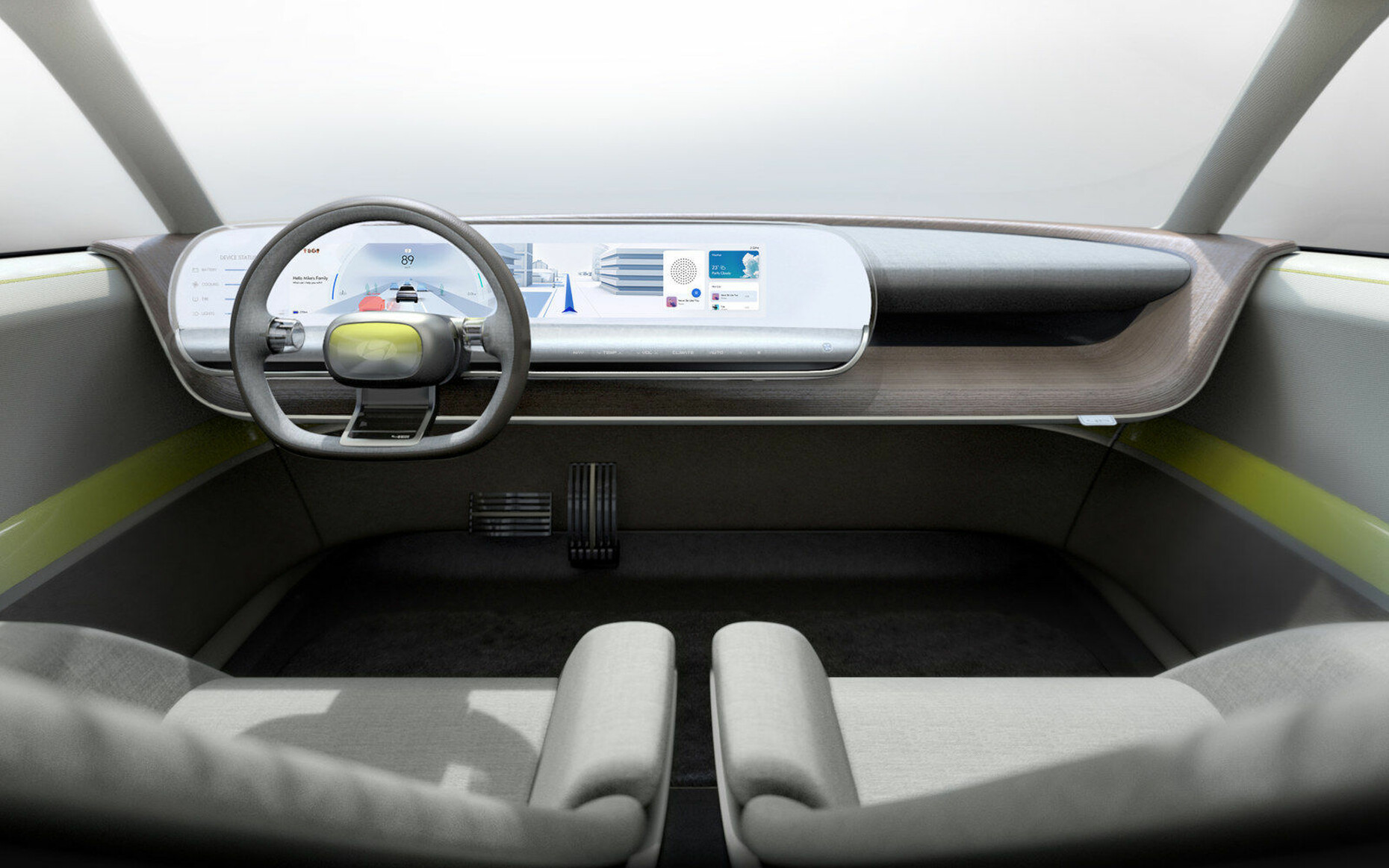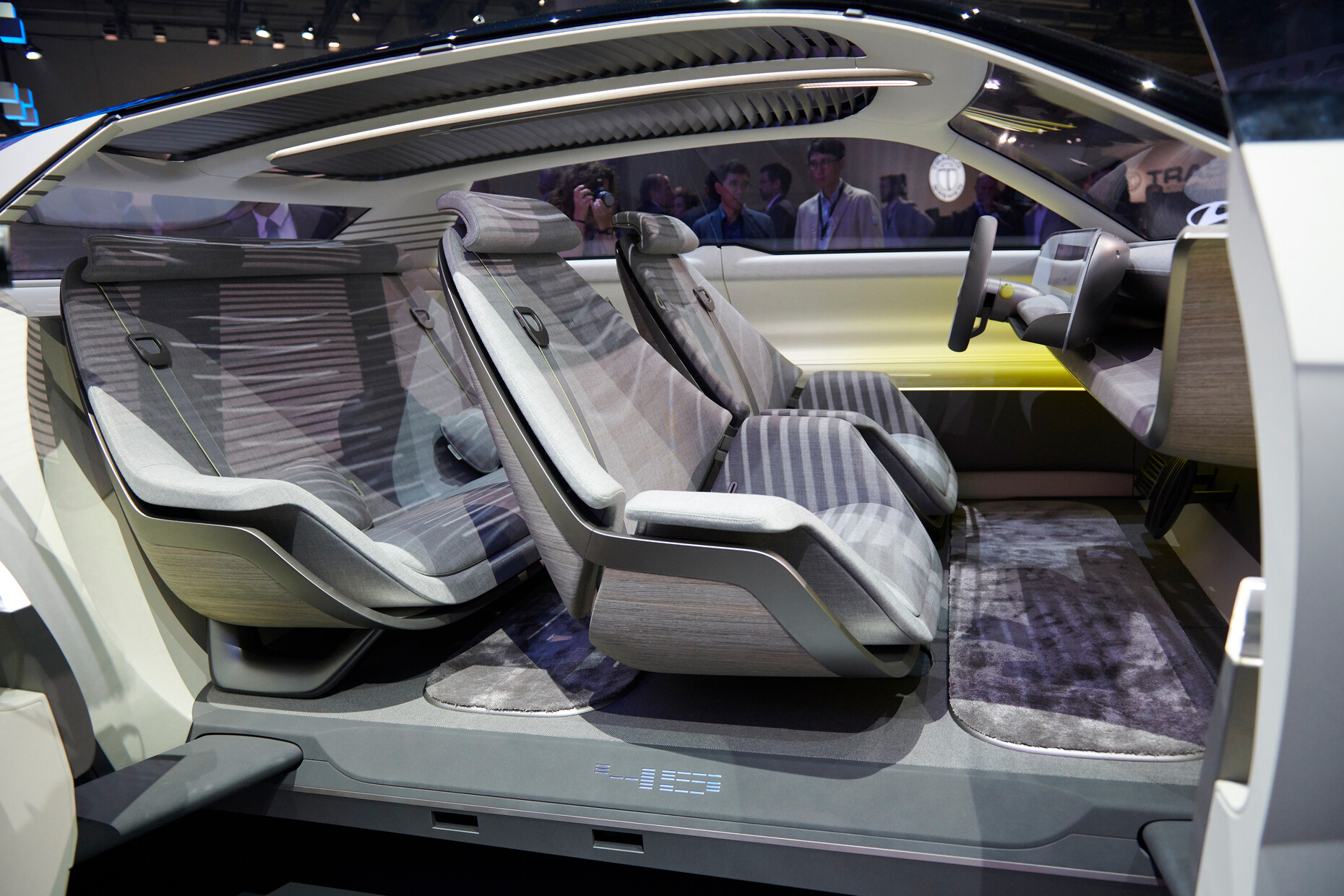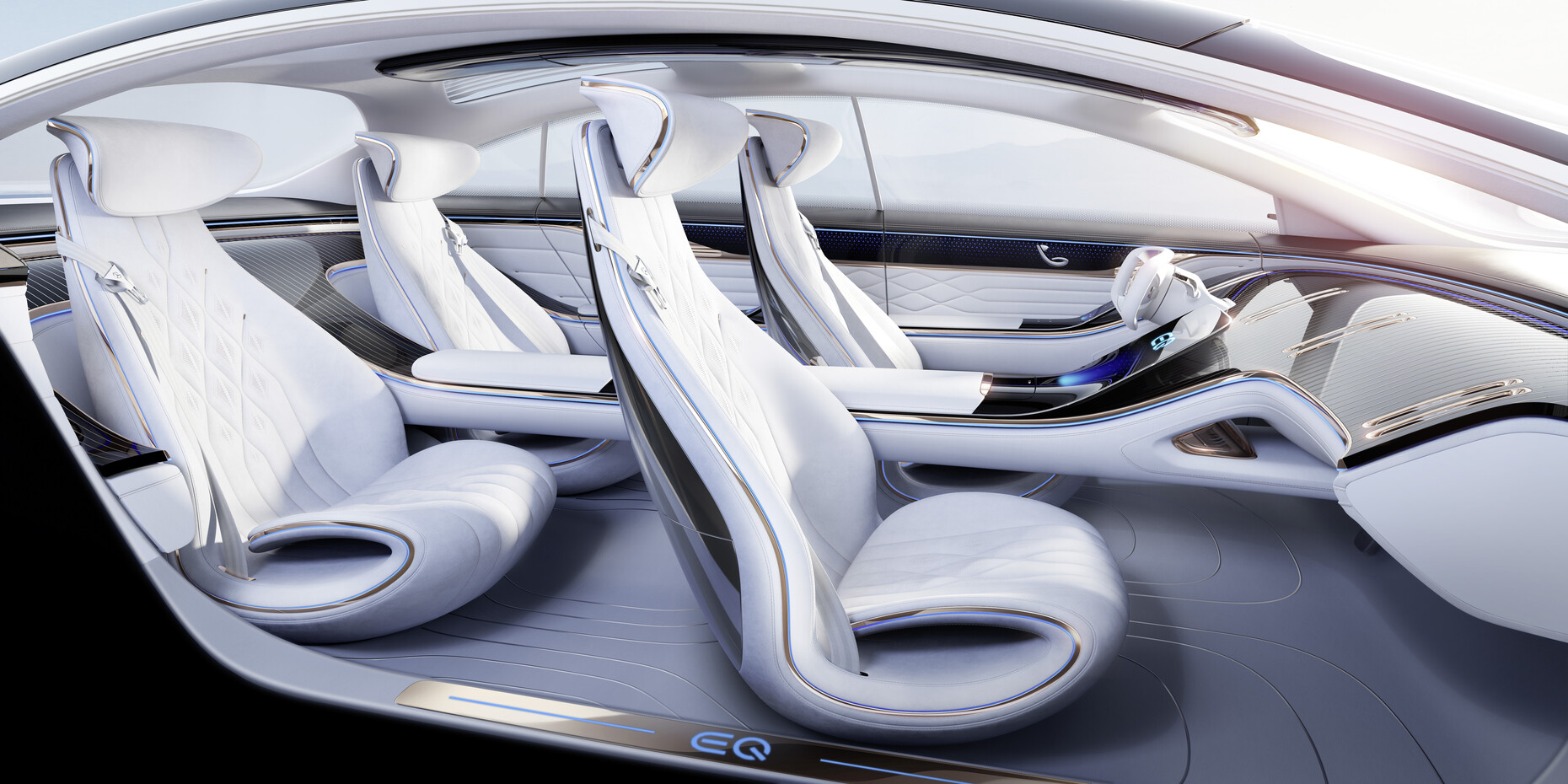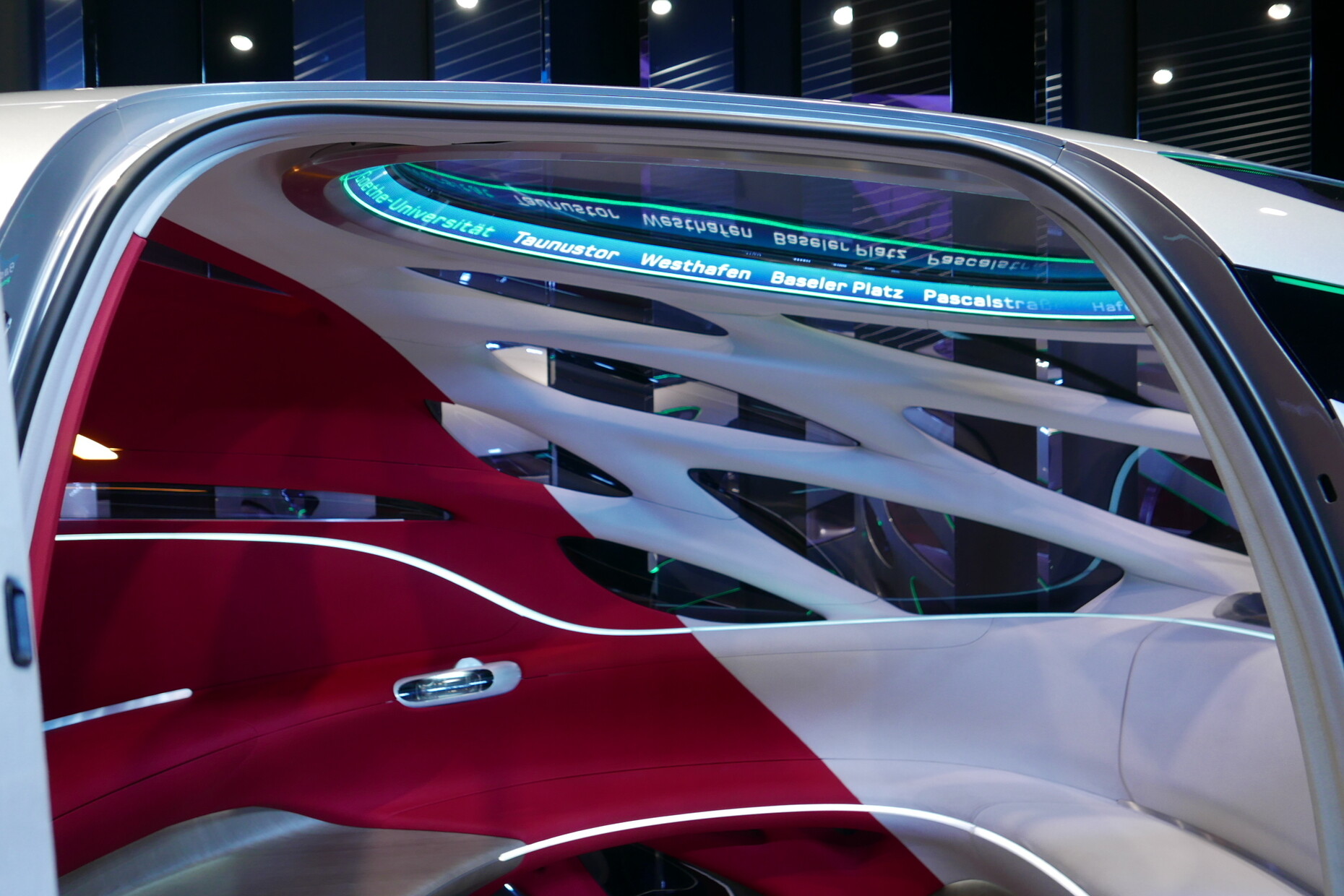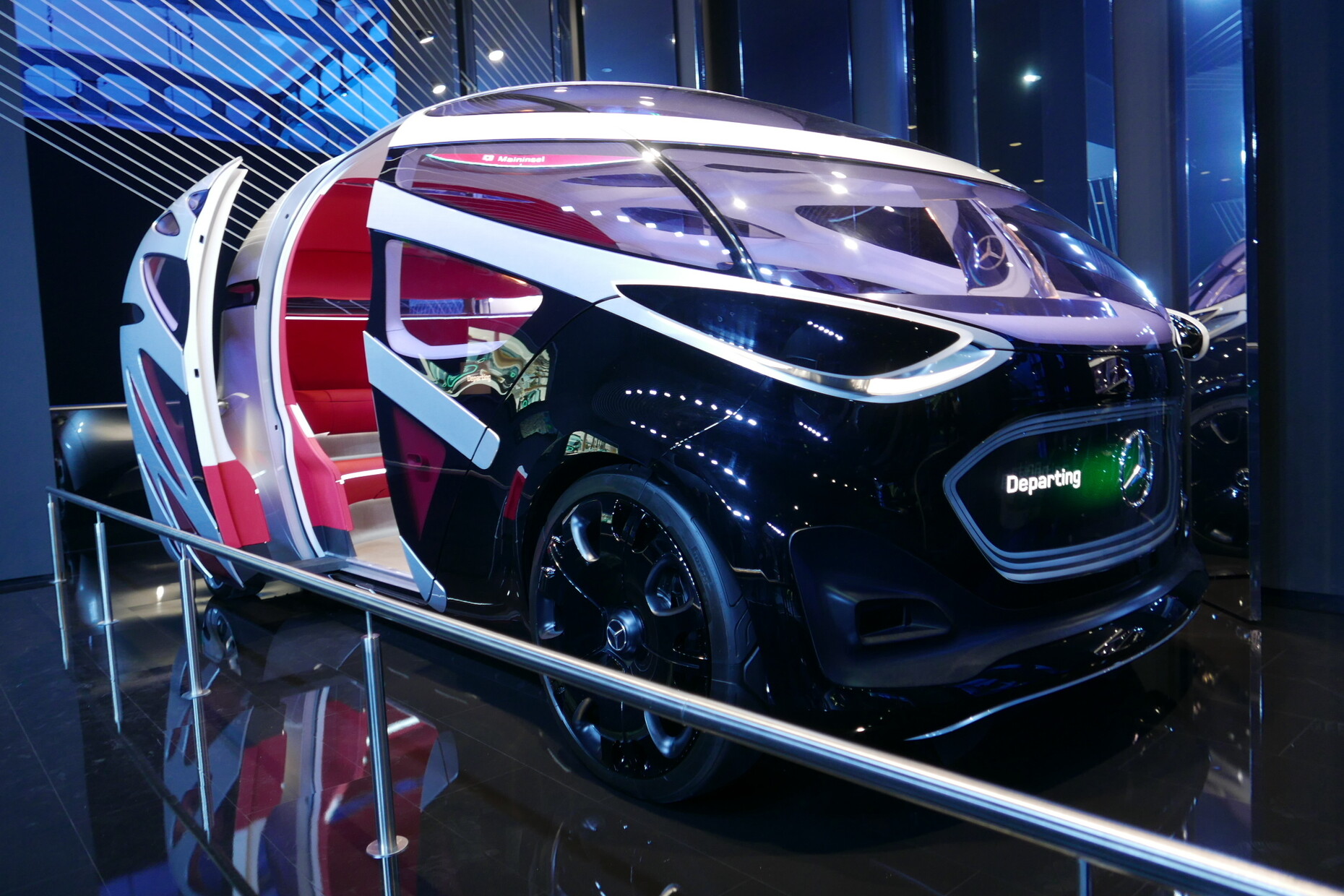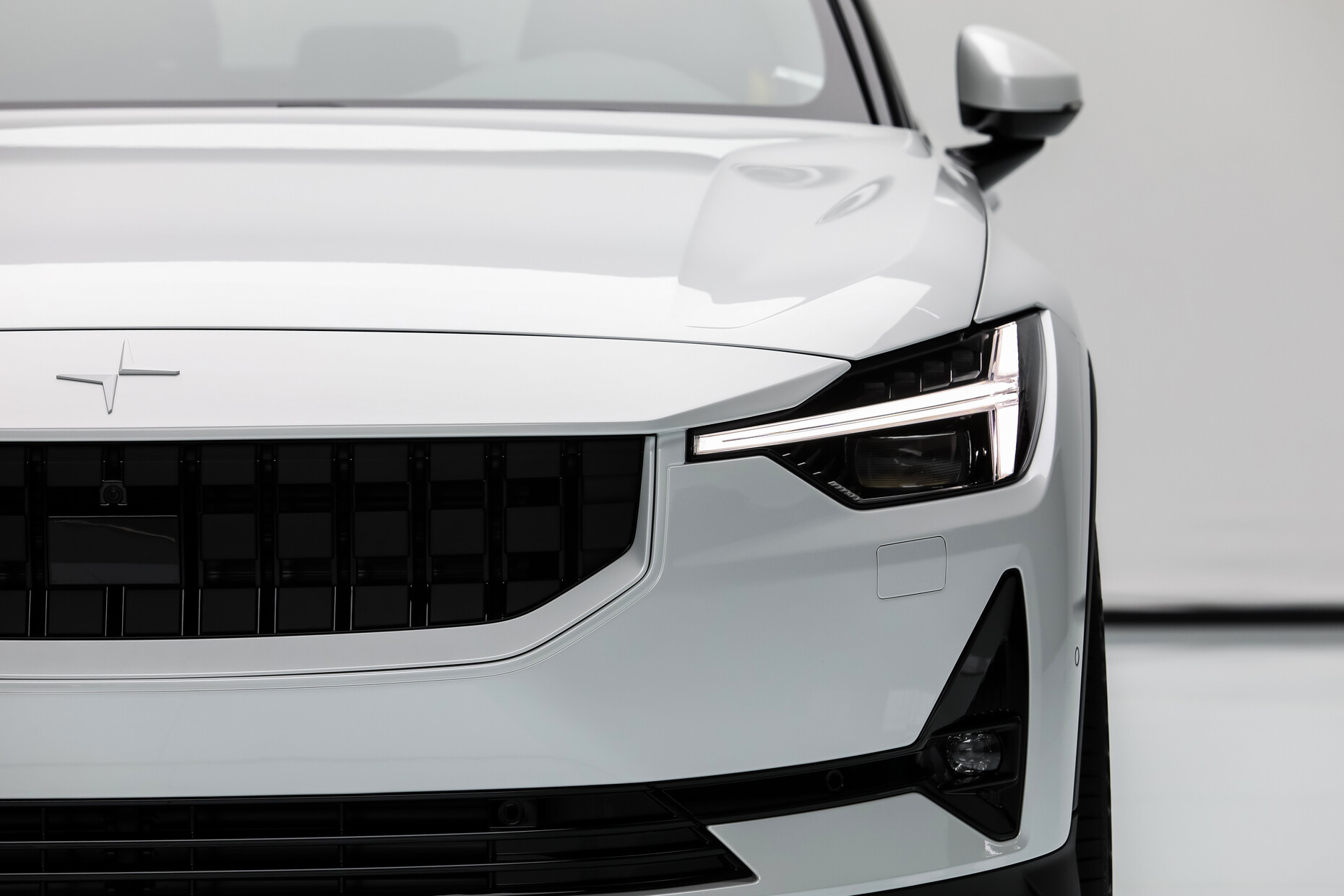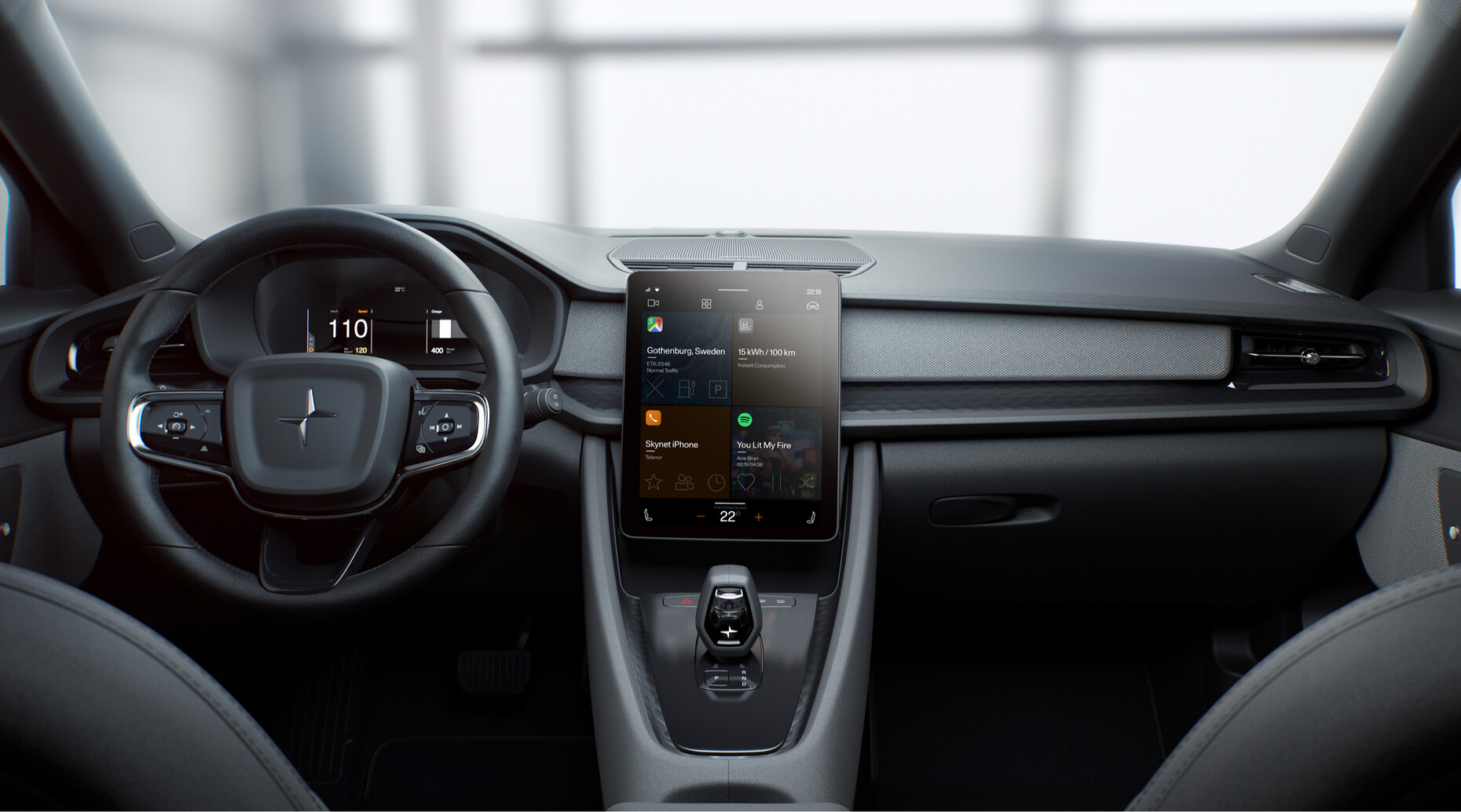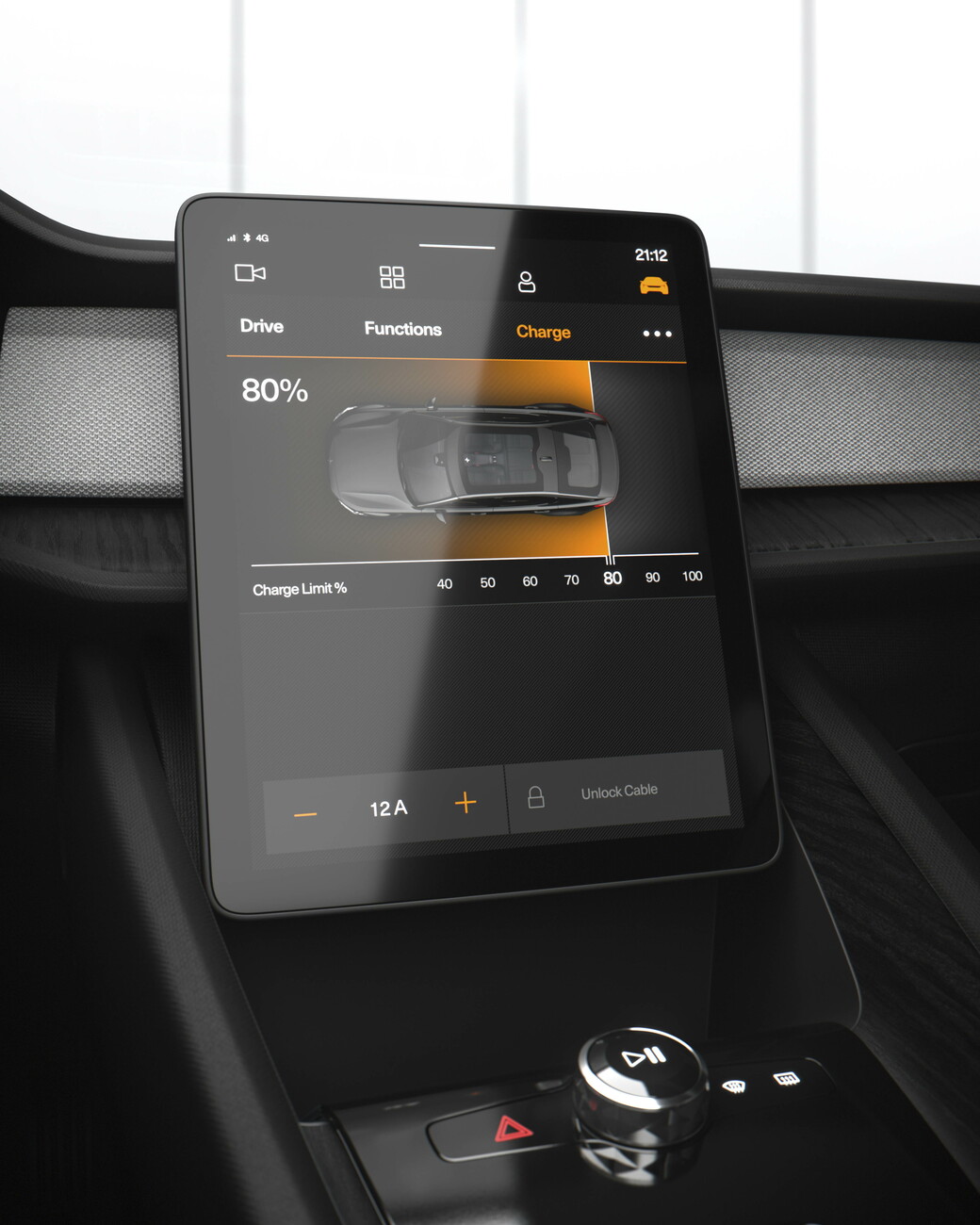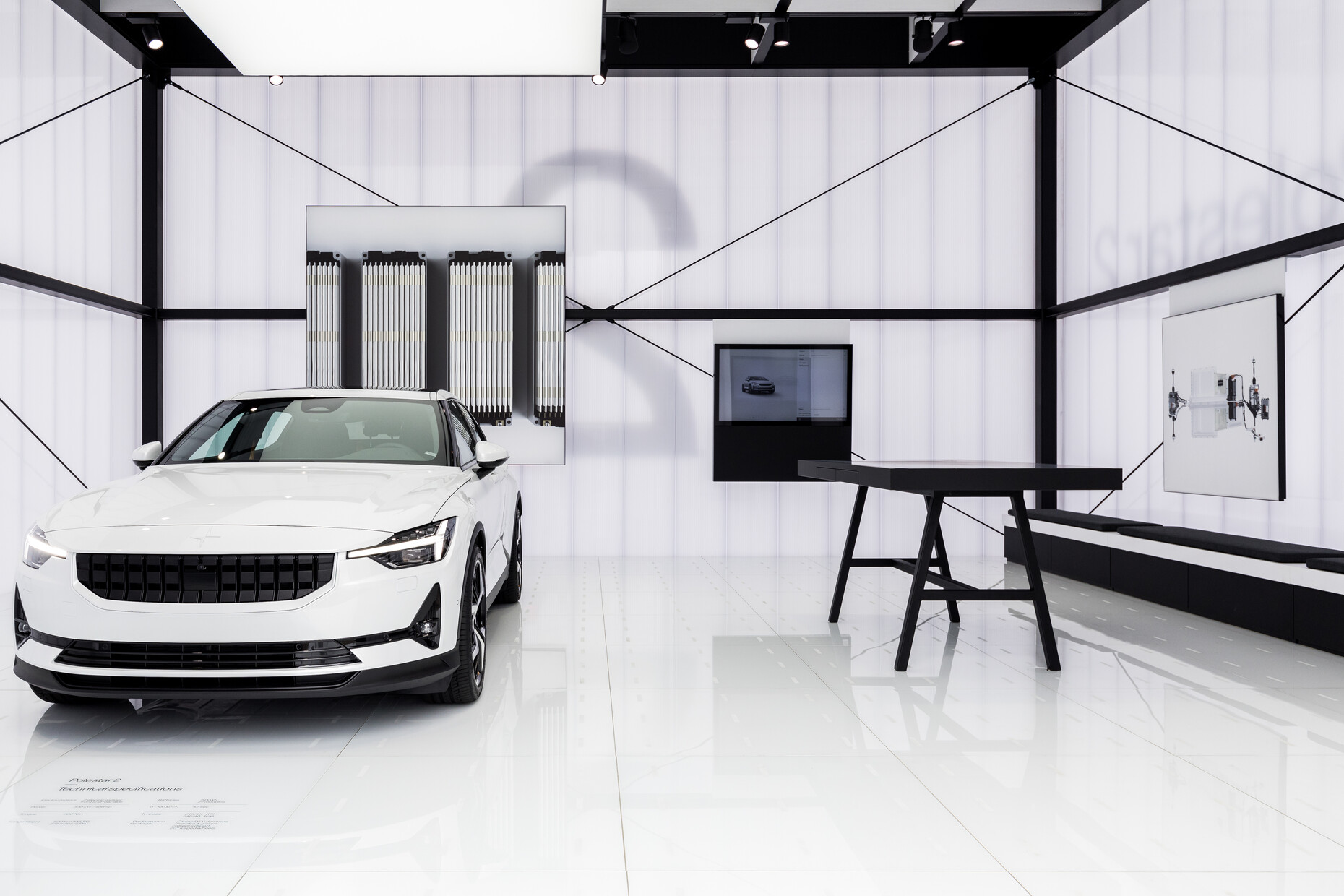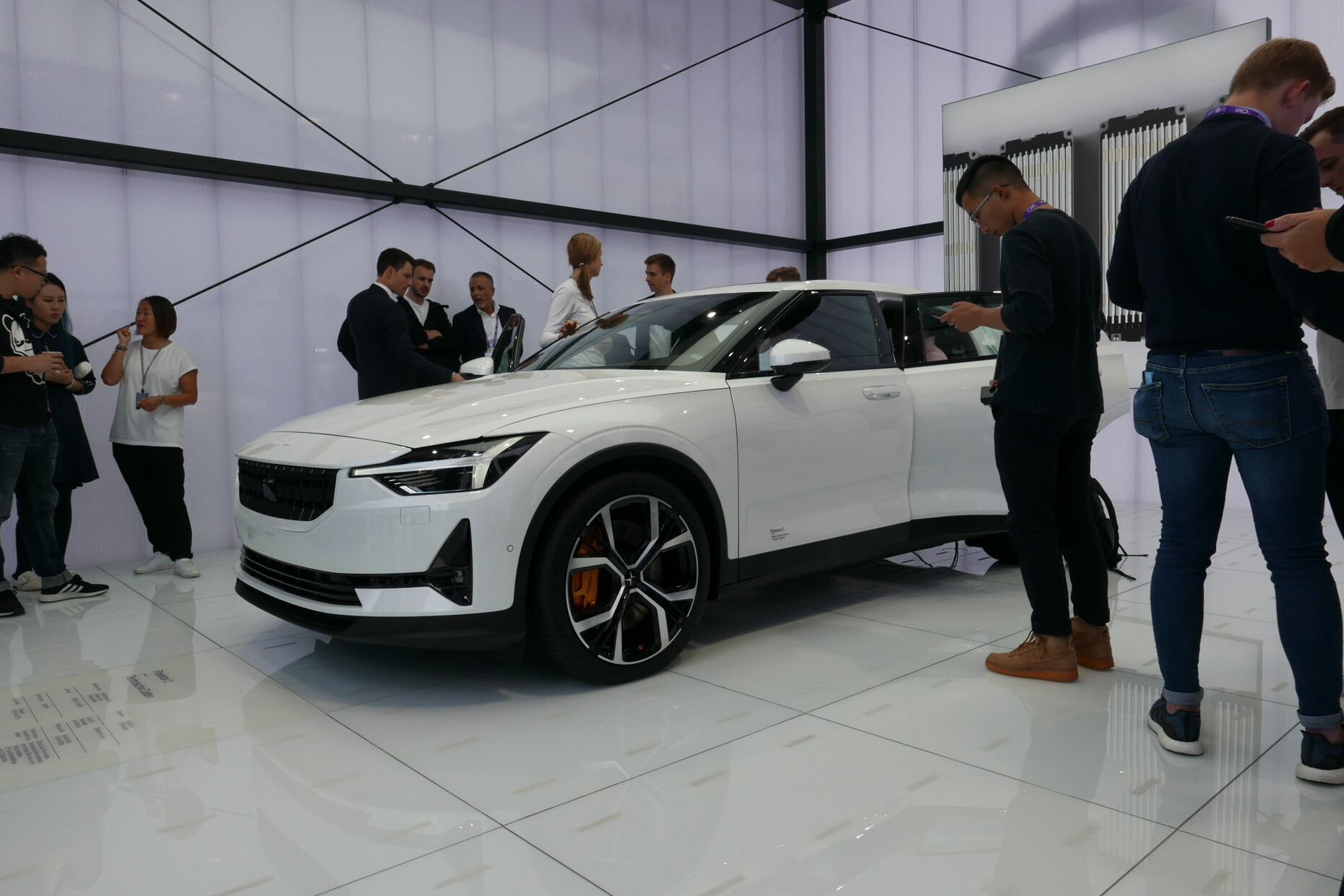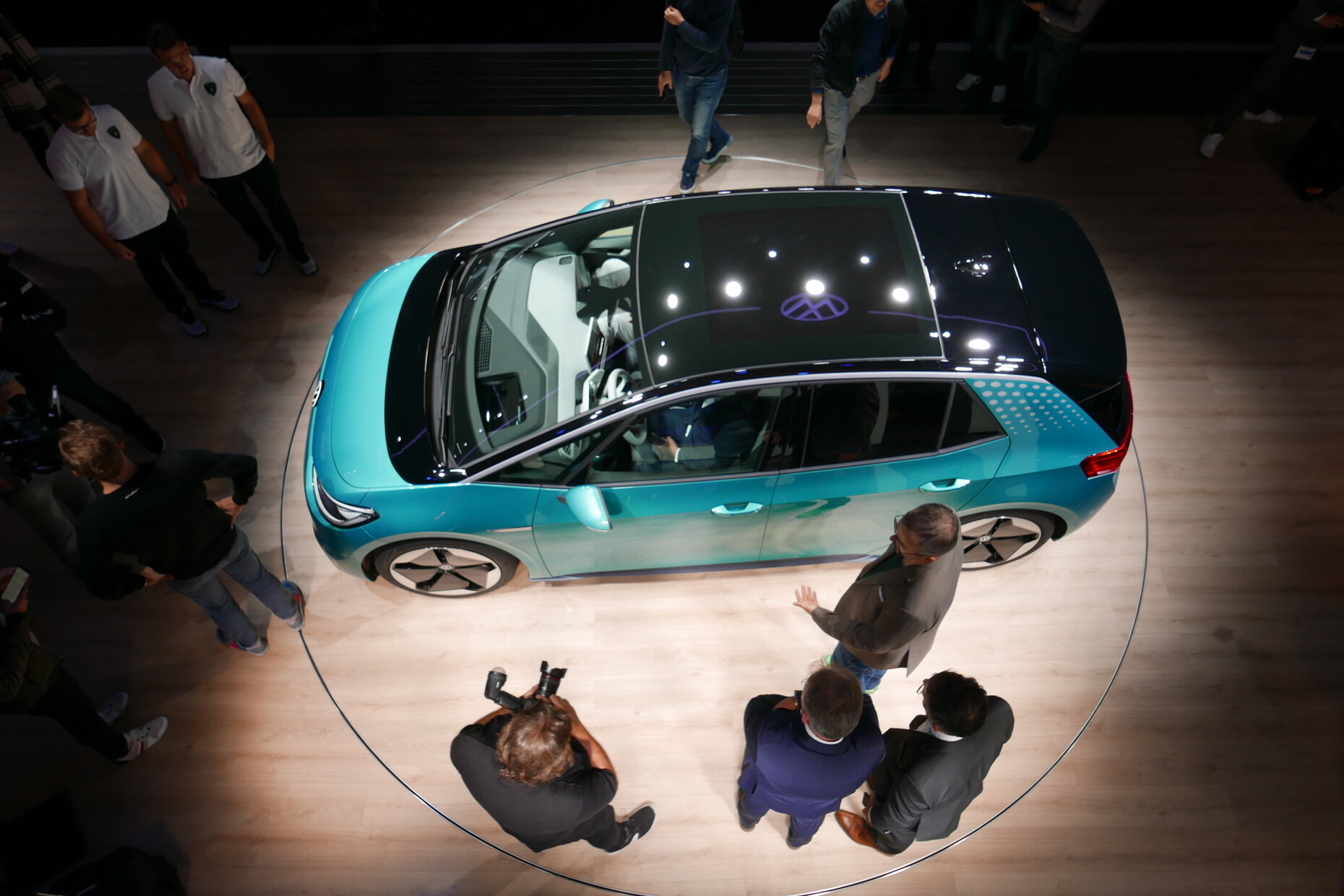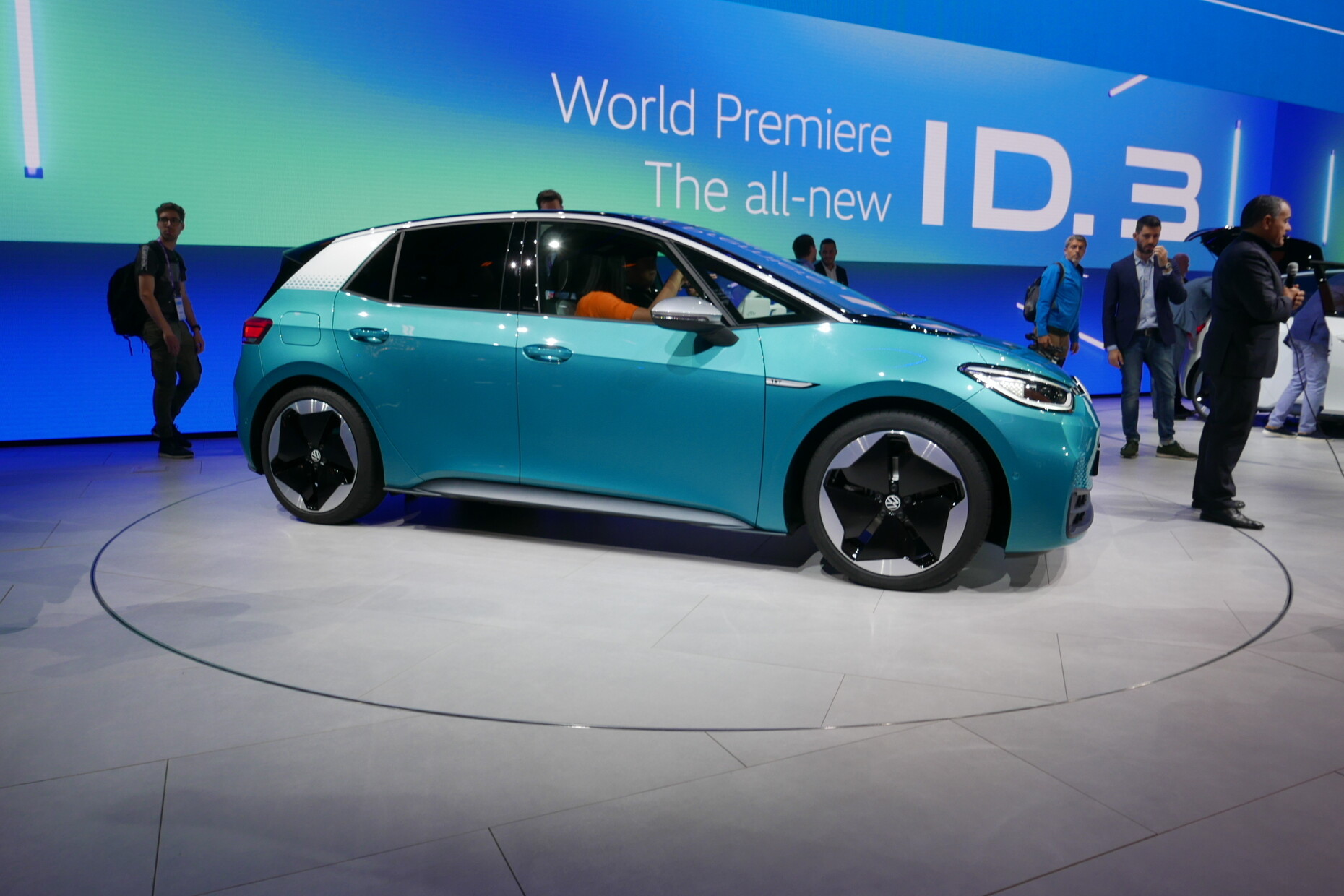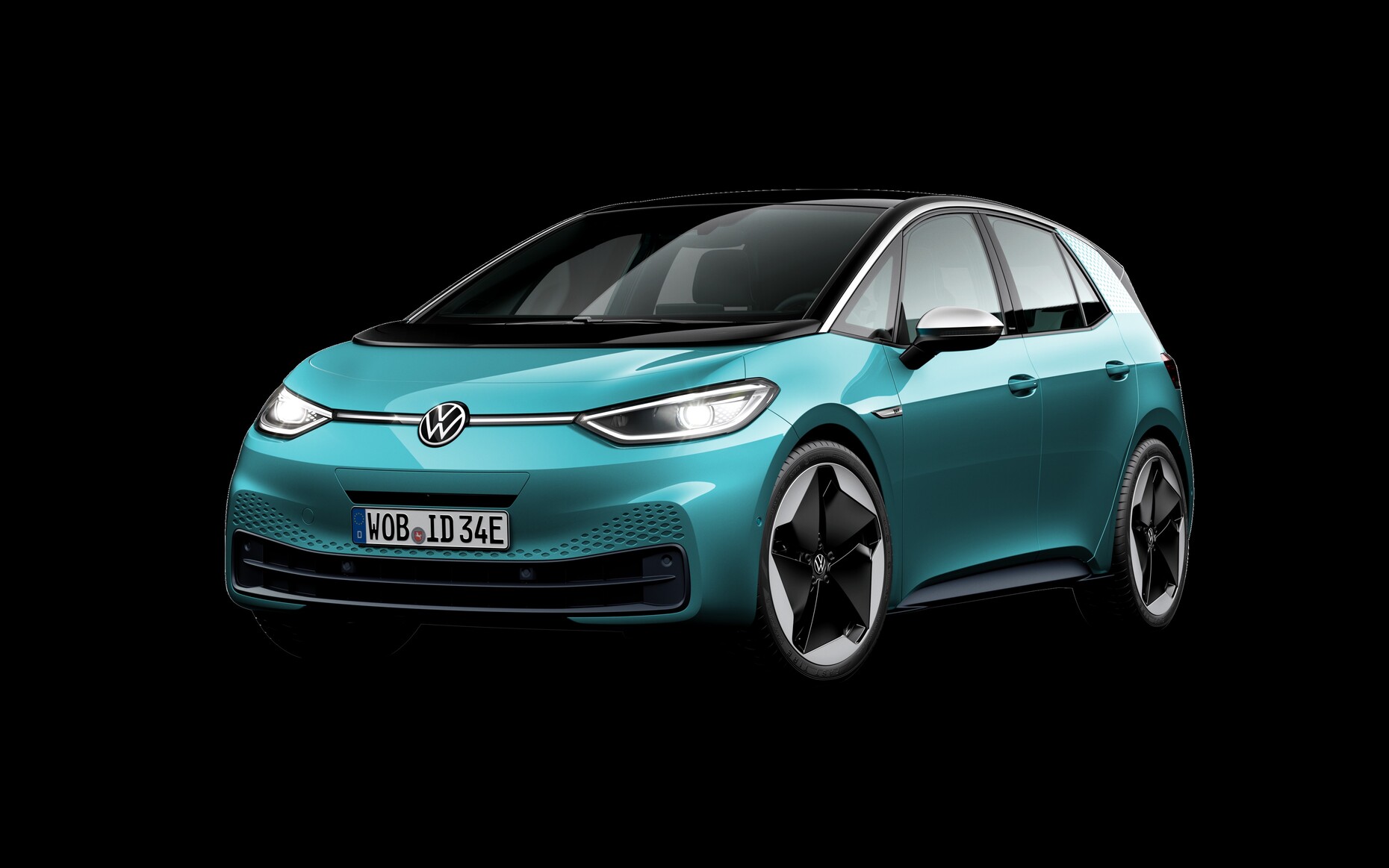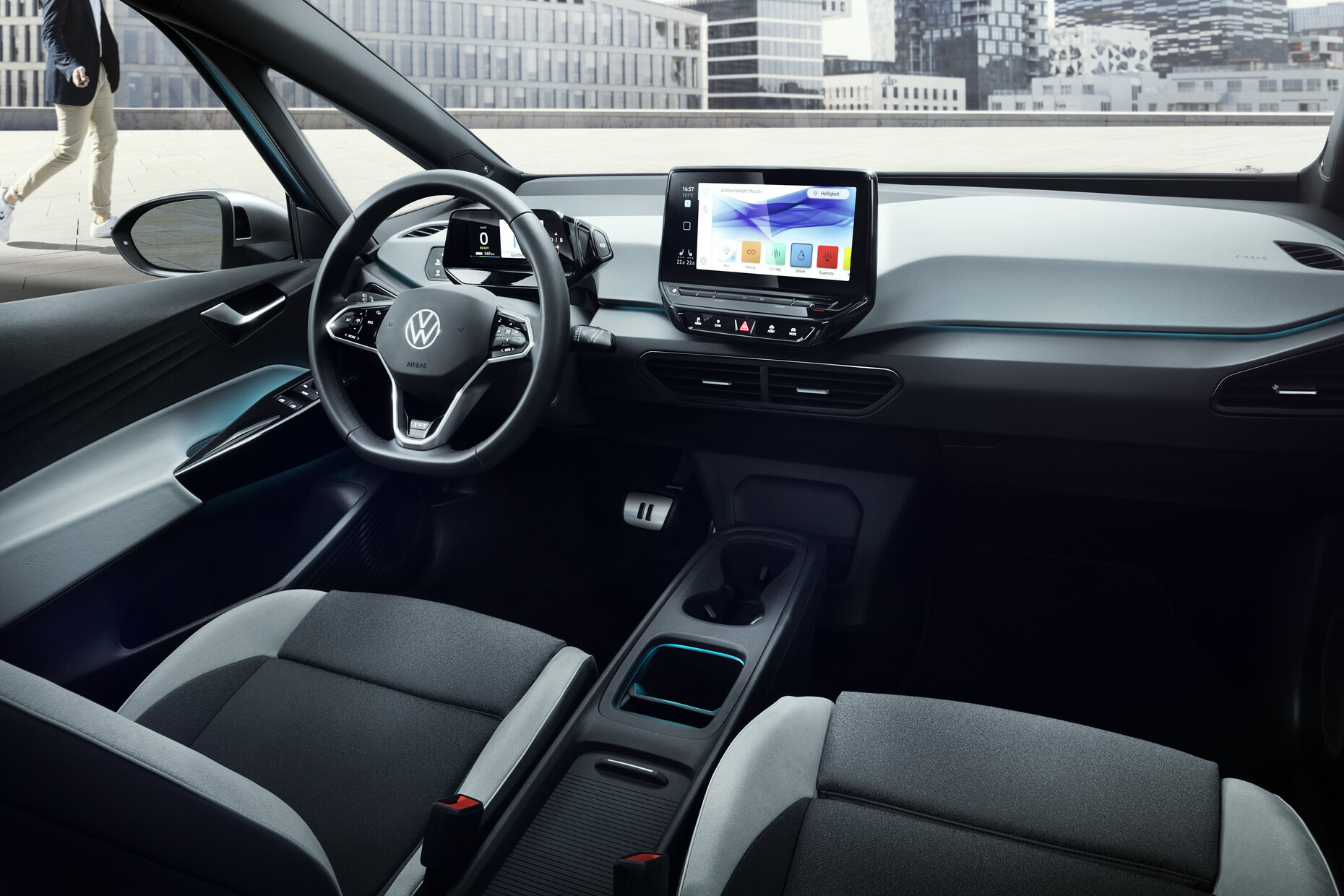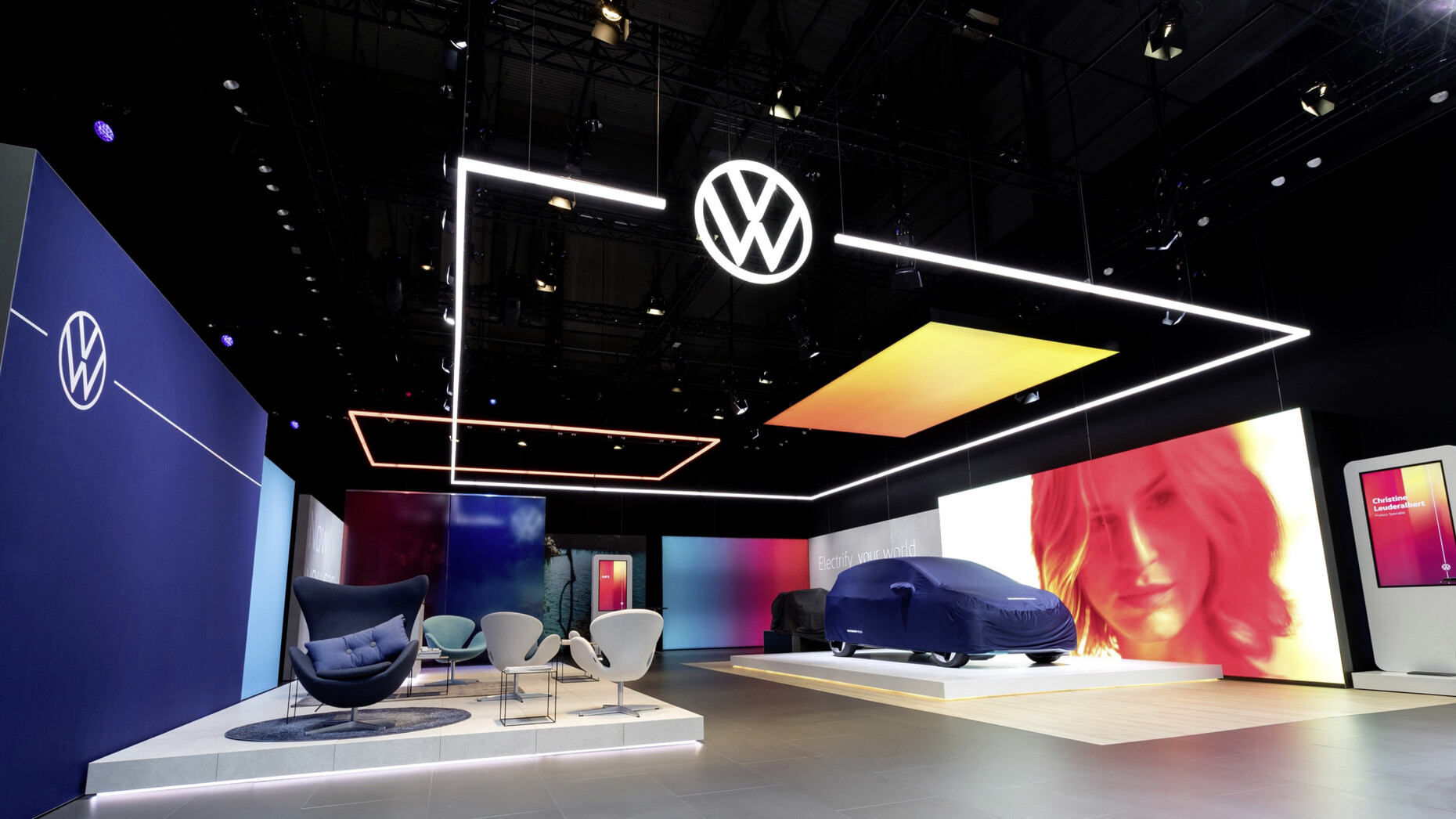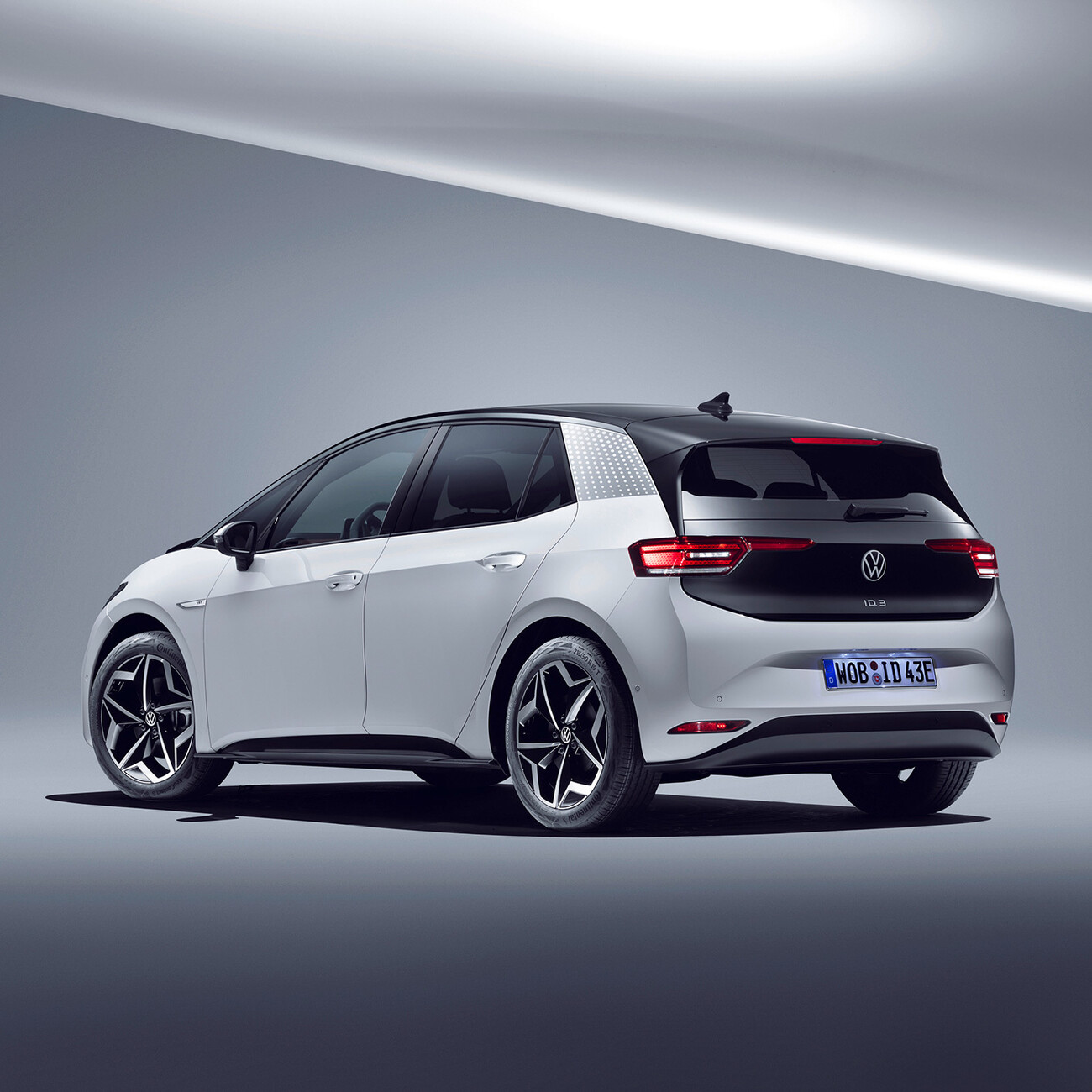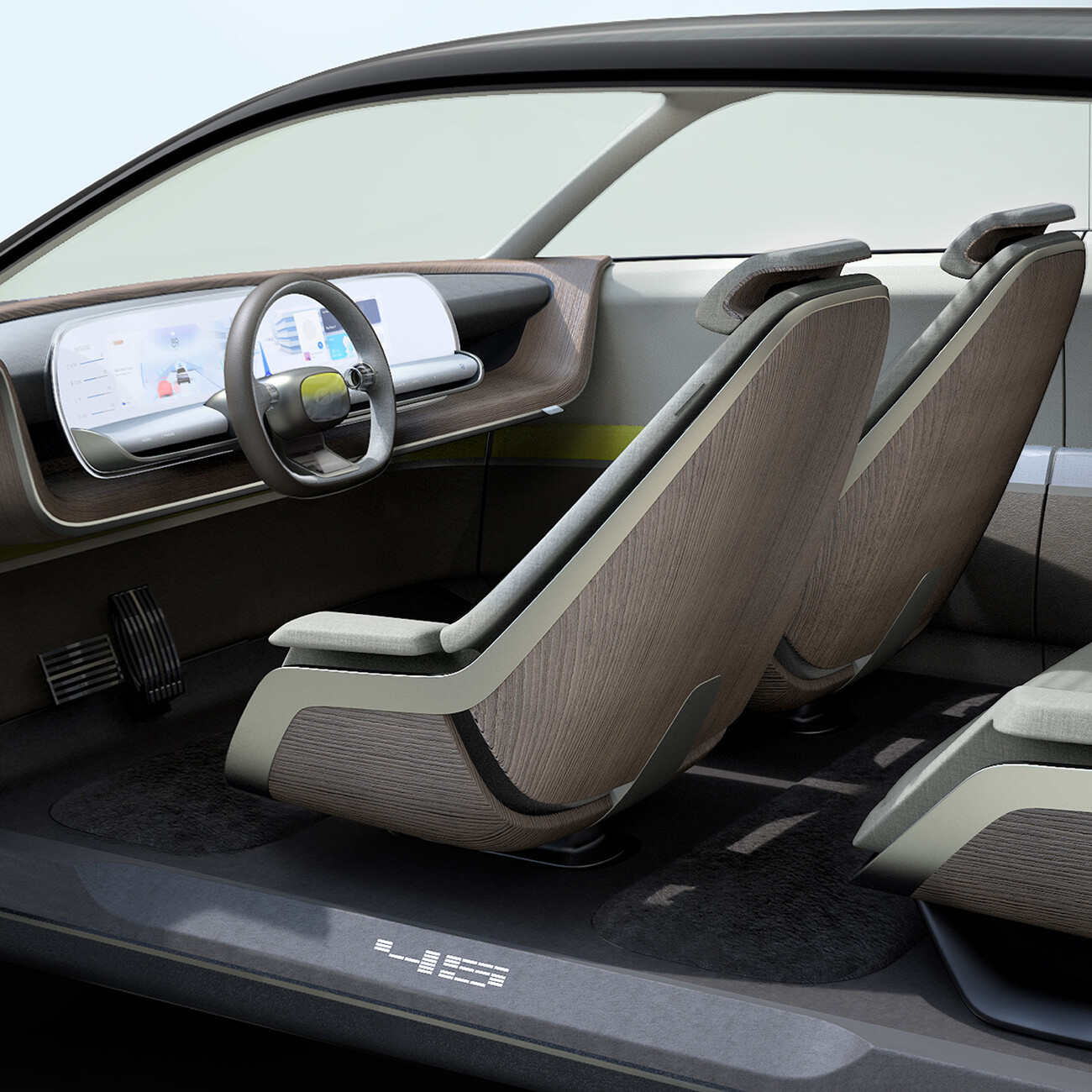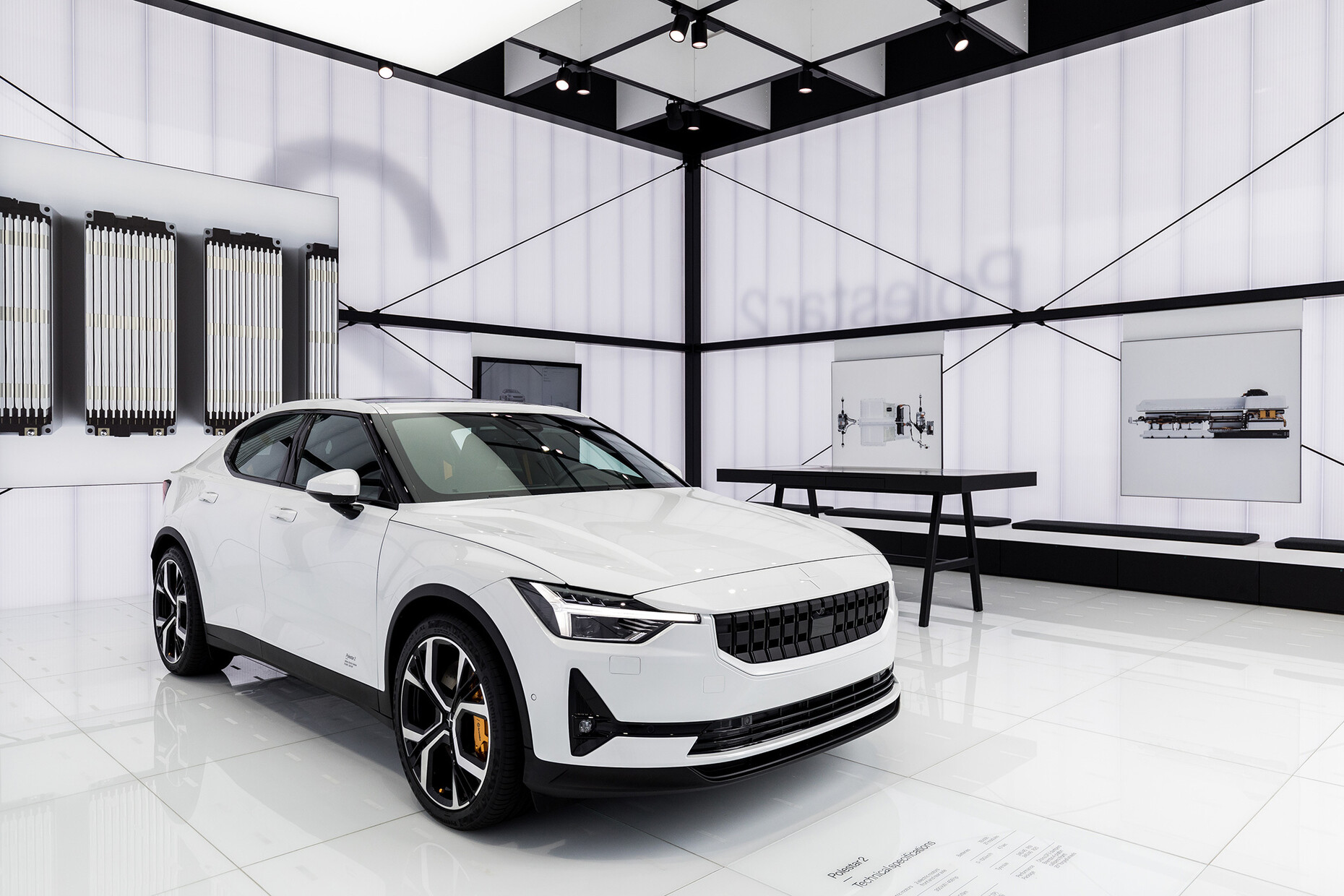Mobility
Between comfort and cold sweat
Electric cars are no longer only test versions but are ready to be launched. In future the important data for car guessing games will no longer be the number of cylinders – like manual transmissions they do not exist in electric vehicles – nor analog steering or the drive shaft between the front engine and rear axis. What are significant are things like range, charging capacity, in other words the time it takes to recharge the battery. While car lovers might miss the sound of the engine, they do appreciate the acceleration as electric cars can achieve maximum performance in a matter of seconds.
One of the most important cars at this years motor show IAA in Frankfurt – if you can talk about such a thing in times of climate change – was the Volkswagen ID.3. Not because the marque from Wolfsburg (which still describe the scandal it triggered as merely the “diesel topic”) has since achieved a Saul-to-Paul like conversion. Rather because the car’s range and practicality exceed the usual standards. It is the first model using the Modular Electrification Toolkit or MED, a construction principle that VW is also making available to other manufacturers. And it will soon be manufactured at the Zwickau facility in a highly automated procedure. “It’s not a matter of generating a single product,” says Volkswagen’s Head of Design Klaus Bischoff. “We want to remodel the brand – electrically. And now that the combustion engine is out of the equation,” says Bischoff, “you can re-make everything.” Within the framework that defines the marque, of course. Designers close to Bischoff have also re-designed the visual image and VW logo together with external agencies. Now the new logo looks more graphic and is not unlike elegant VW designs of the 1960s. But Bischoff is disappointed that in Europe this new logo cannot become part of the backlit vignette on the hood. Unlike their counterparts in the United States or China, the EU vehicle registration authorities consider such a vignette to be inadmissible advertising.
More important however is the space available inside. “Once the combustion engine is no longer needed, you have a mass of space,” sums up Bischoff. “That means I can increase the space available to my customers.” The result: Measuring 2.77 meters long the electric ID.3 has a wheelbase that is 14 centimeters longer than the Golf. There is also more space for passengers in the back. “A very customer-oriented product. Typically, VW in its philosophy,” summarizes Bischoff. With a new digital operating concept, the newly designed electric Volkswagen also targets “digital natives”, but thanks to its intuitive concept should also be easy for everyone else to use, too. Wherever feasible, say for mirror adjustment or temperature regulation, controls are still manual. “ID Honeycomb” is how Volkswagen refers to the honeycomb-like symbol applied as a foil to the C-pillar and visible as a recess in the front spoiler. It is designed to visualize the vehicle’s “CO2-neutral mobility”. The car is always online so it can benefit from the advantages of voice control and download updates. This means the ID.3 is connected to an invisible digital lead which will presumably soon connect or network every manufacturer to their customers and will consequently make data protectionists frown at the very least. Wide alloy wheel rims (from 18 to 20 cm) indicate an allegiance to the automobile mainstream. Aside from a range of 330 to 500 kilometers (depending on the size of the battery) the entry price of EUR 30,000 is attractive. With the VW service “We Charge” (who thinks up such names?) and its partnership with Ionity, an operator of charging stations, VW also has a stake in the charging network for e-vehicles.
In Japan the Honda Civic compact was launched back in 1972. In the age of electric cars, the “Honda e” could become its legitimate successor. The compact car has a purist design. Its digital instruments extend across the entire width of the car. In place of conventional outer mirrors, it comes with aerodynamic cameras that reduce the blind spot. At EUR 33,850 the “Honda e” is more expensive than the larger VW ID.3. But numbers would seem to be less important for Honda: Only 5,000 cars are destined for the European market. In Germany the number has been cut to 1,500.
Since 2015, the German Head of Design Thomas Ingenlath has successfully renewed and refined the range of Volvo. At present you are hardly likely to find more elegant cars designed down to the last detail – and that even goes for the traditionally voluminous Volvo formats. With Polestar, the Swedish performance road car brand that is produced in Chengdu, China, Thomas Ingenlath is not just responsible for the design but as CEO also for the fate of the company. “Driving around in an electric car does not alter your life fundamentally,” says Ingenlath. With Polestar 2 you not only have the chance to move around sustainably. “Thanks to the way that the car is integrated into digital life the driver enjoys a whole new user experience. This includes the elegant manner of accessing your car: a code in your smartphone ensures keyless entry. The driver is recognized and can drive off immediately.” In order to create a truly modern product, or so the Polestar CEO argues, you have to accept cooperations. It is unrealistic to believe, as carmakers do, that they alone can create the best navigation system or a well thought-through voice control system. For him quality rests on the ability to cooperate. And Thomas Ingenlath has something else to say, calmly and with conviction: “There is the emotional component of mobility that is connected with independence. And we certainly don’t deny the emotional experience of an attractive car. On the contrary. We argue that is the combination that will help electromobility achieve its breakthrough.” The fact that Polestar 2 comes with a price tag of EUR 57,000 is likely to make some people break out in cold sweat. In Frankfurt and elsewhere.
